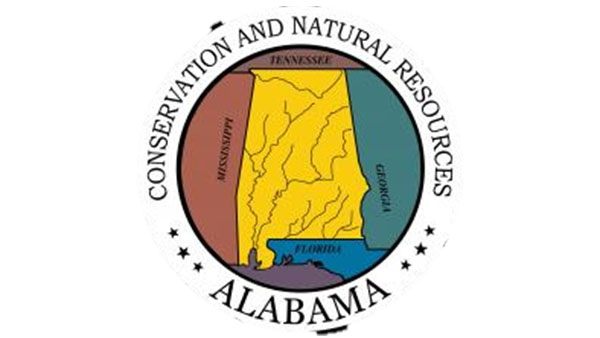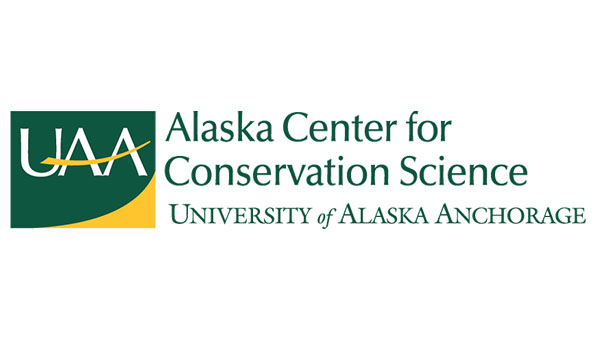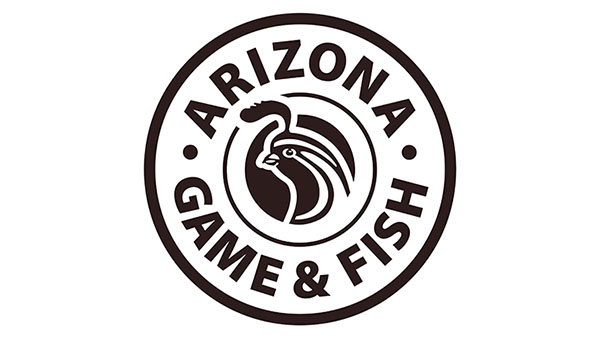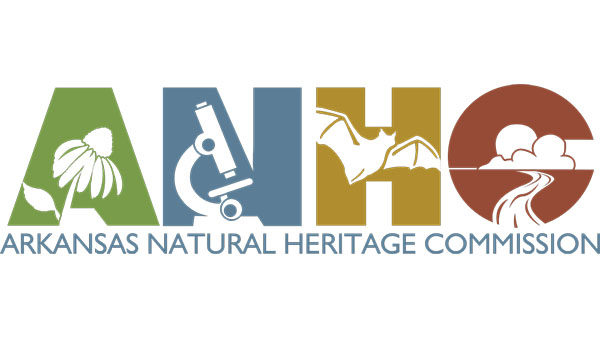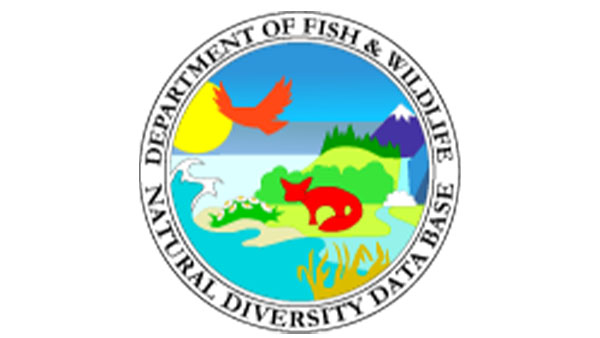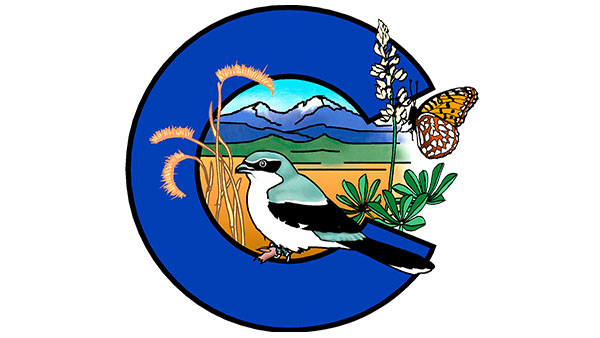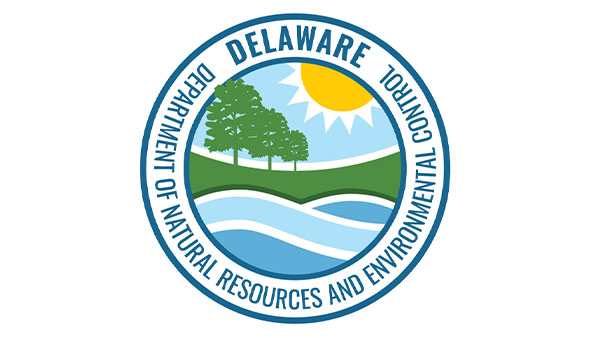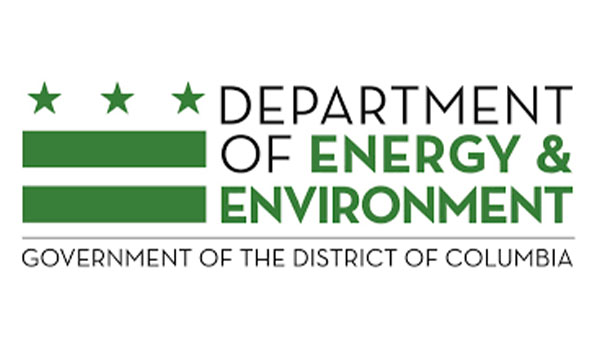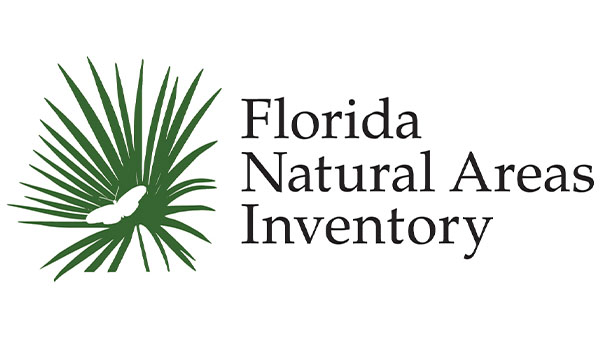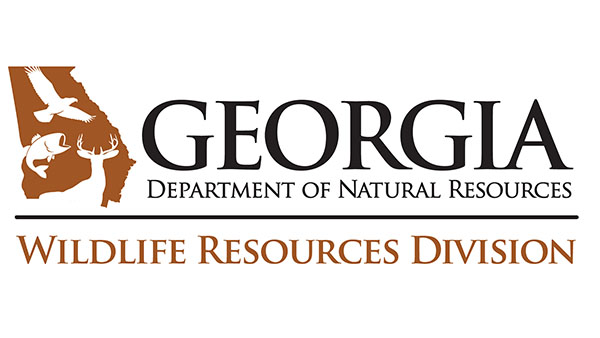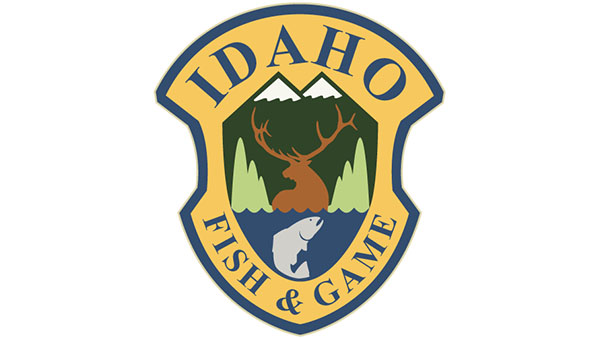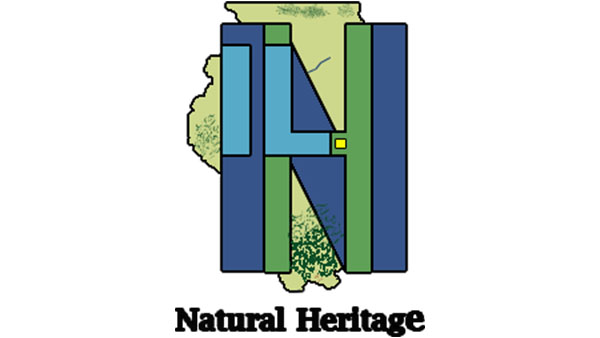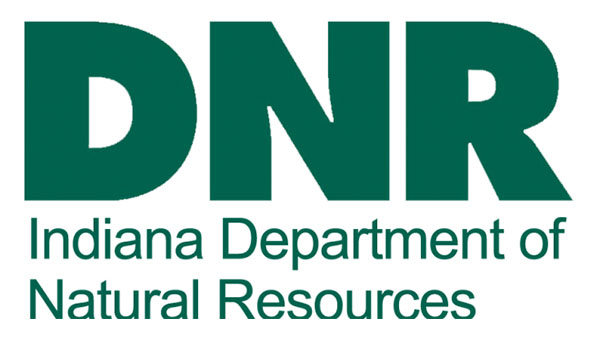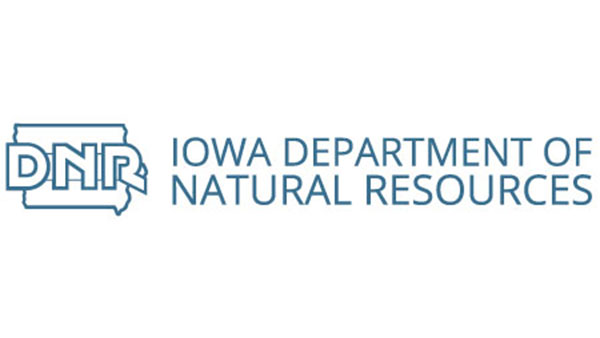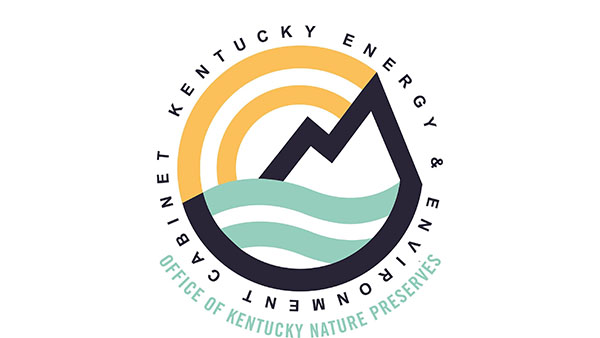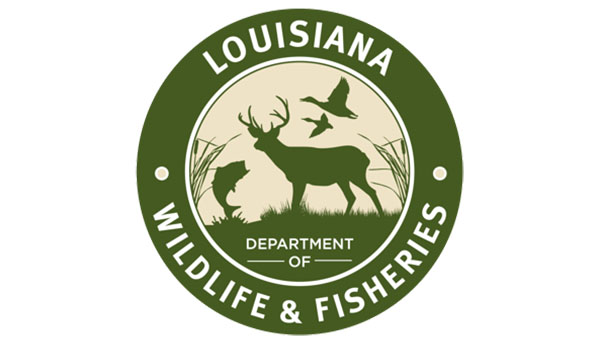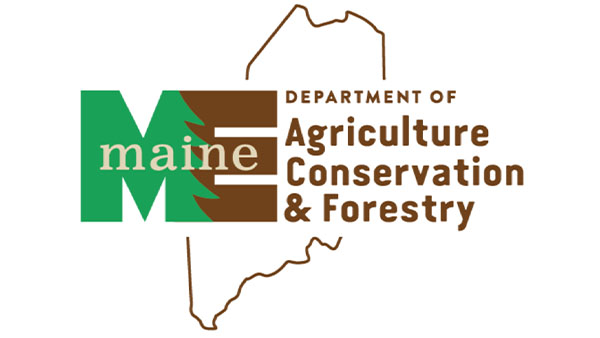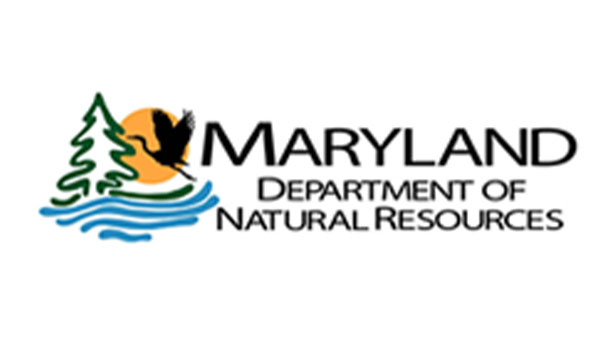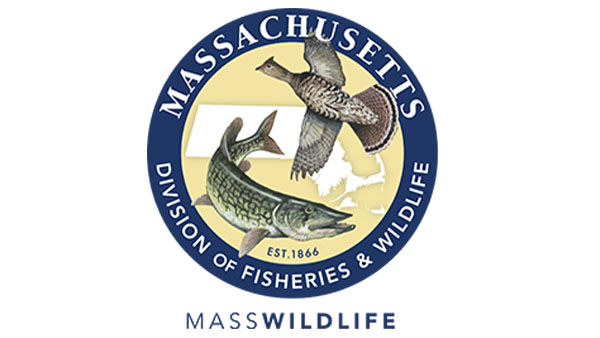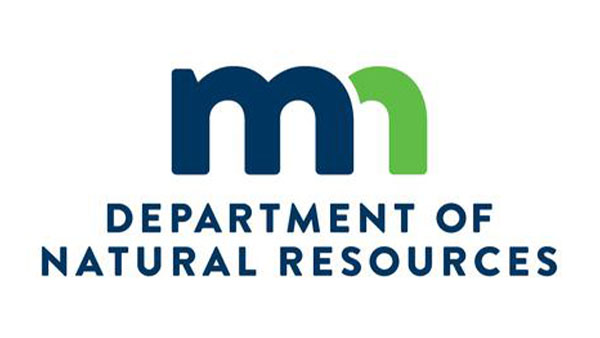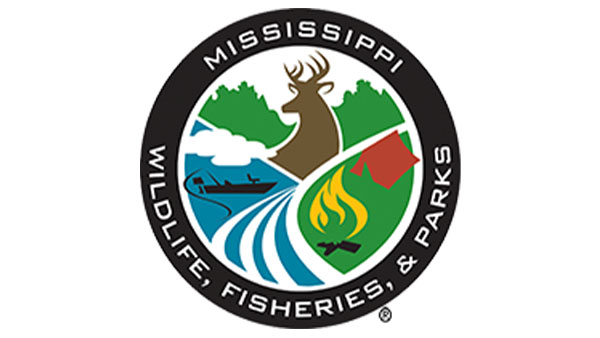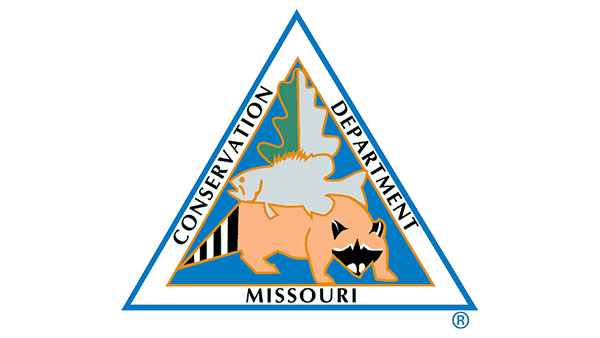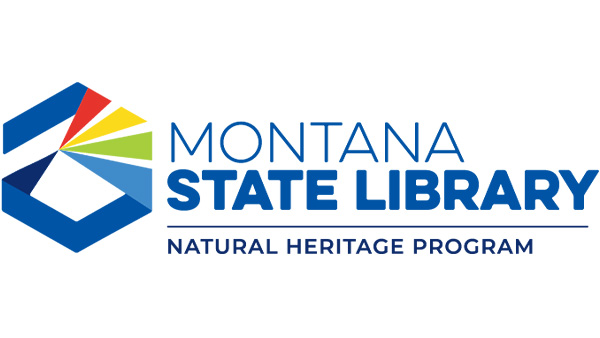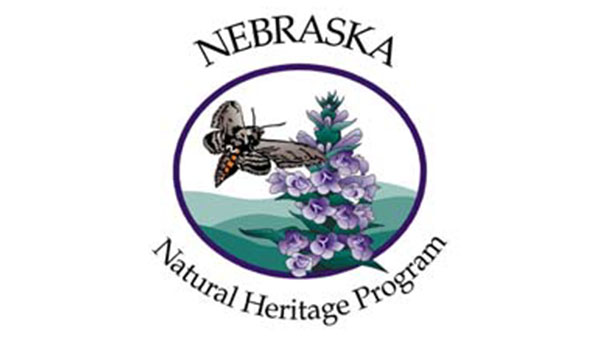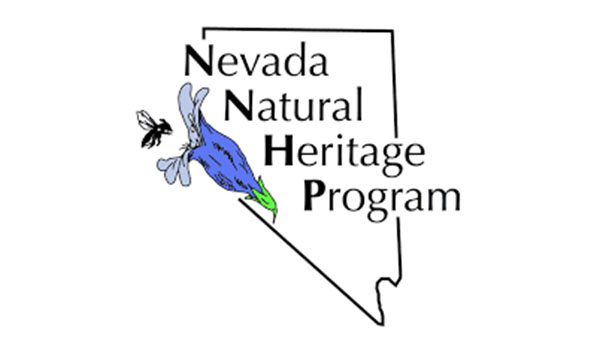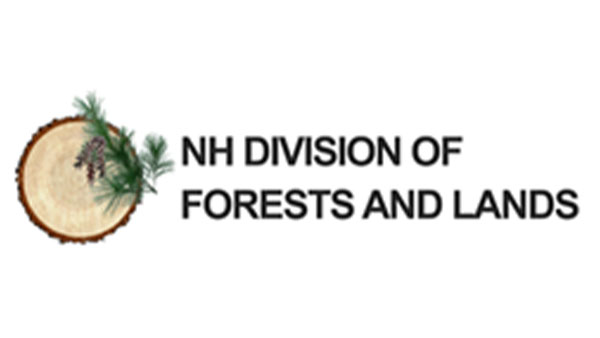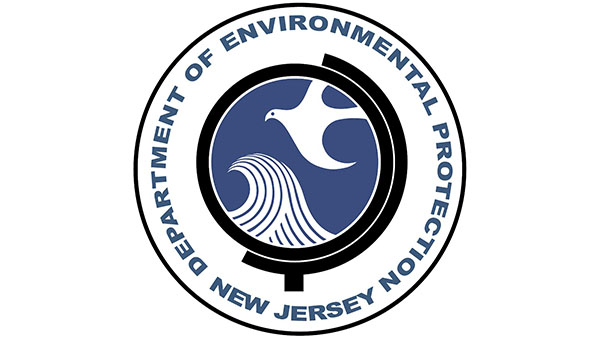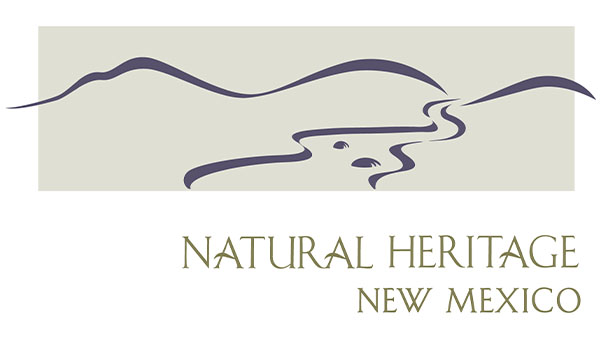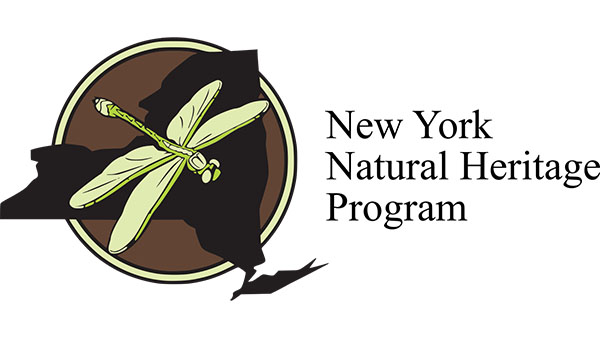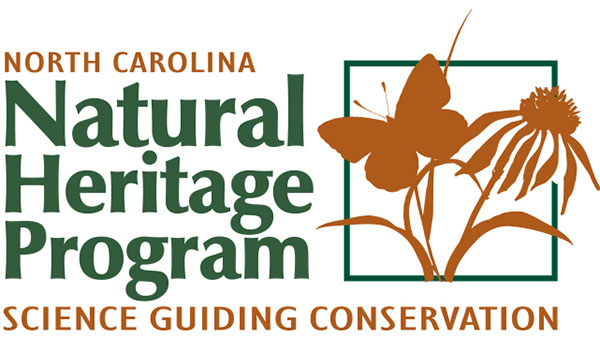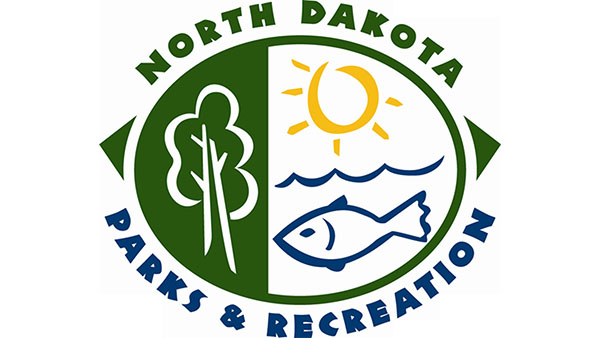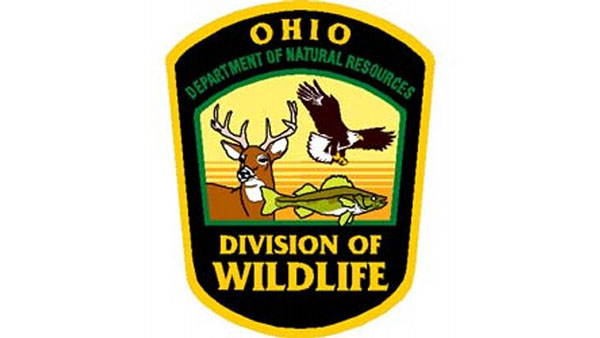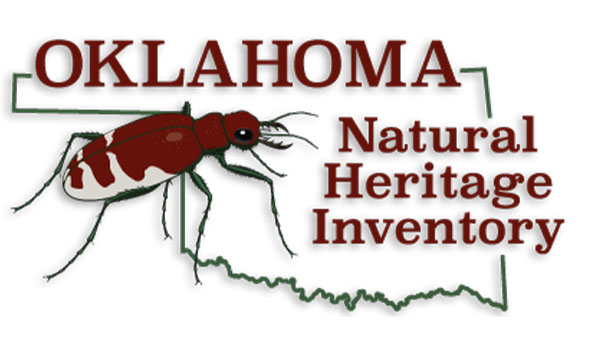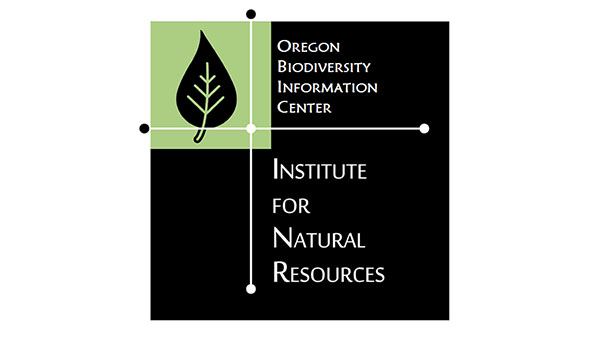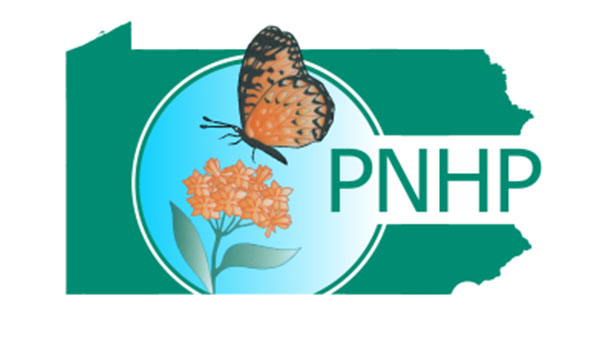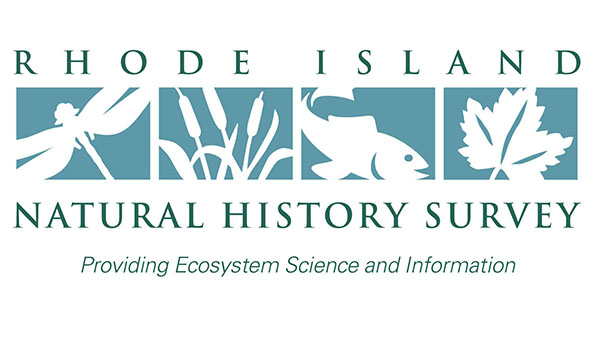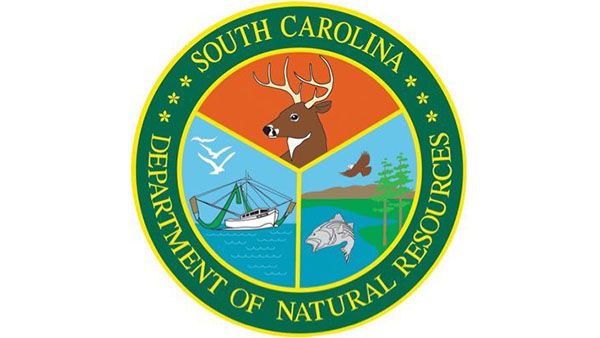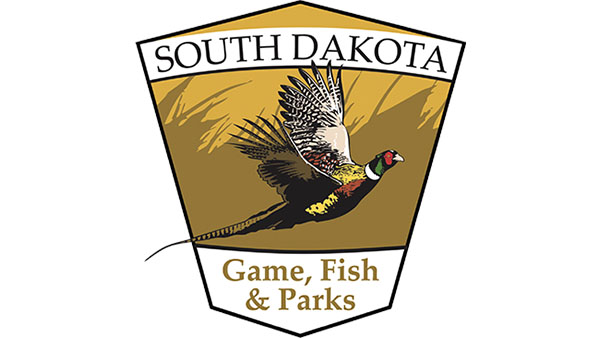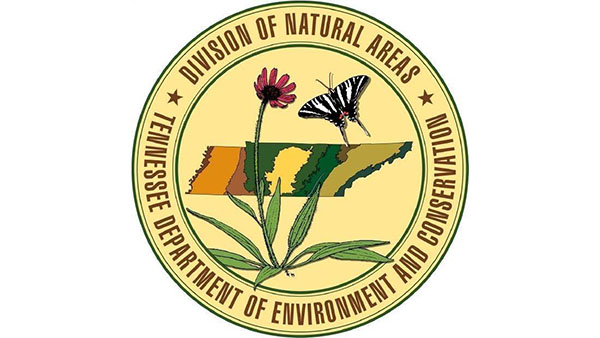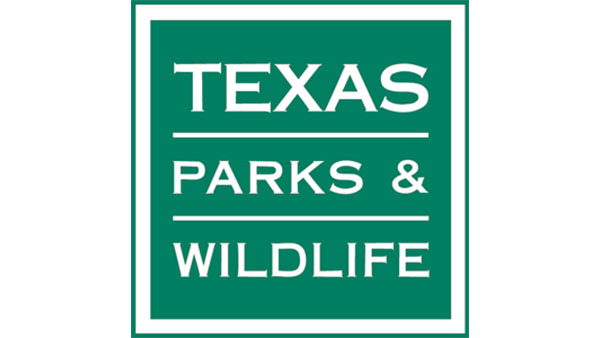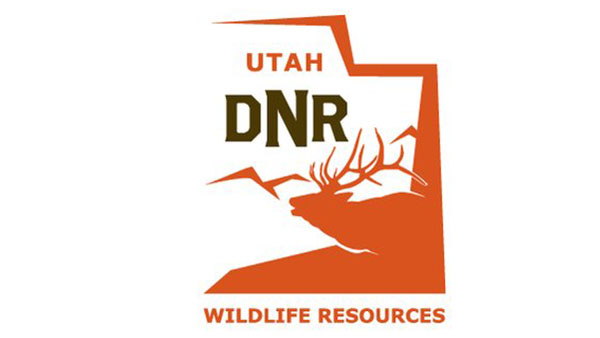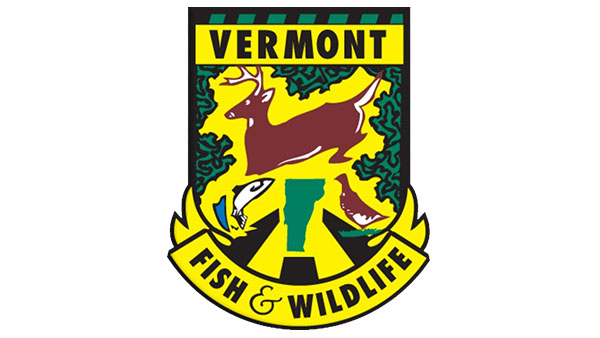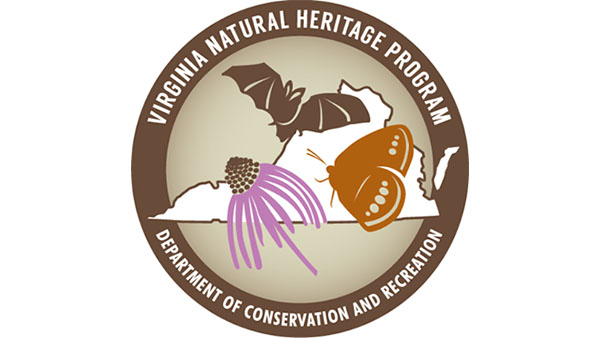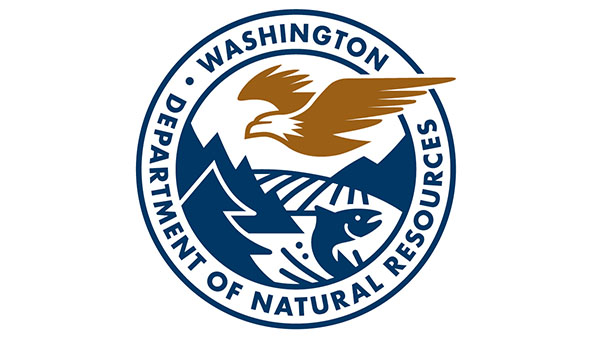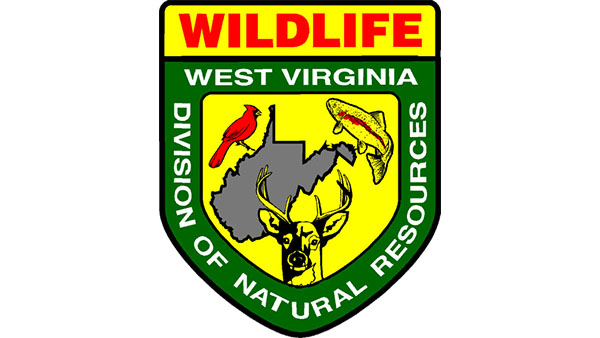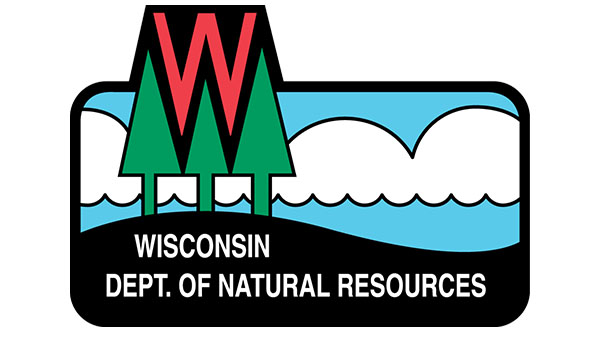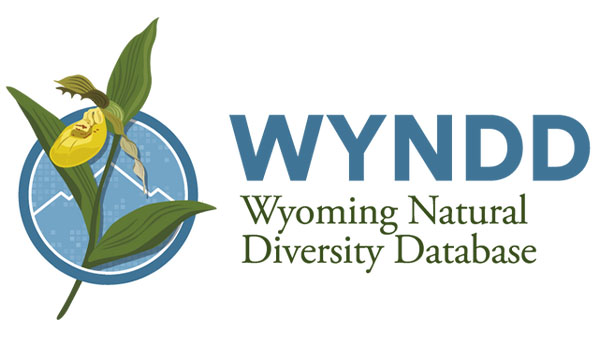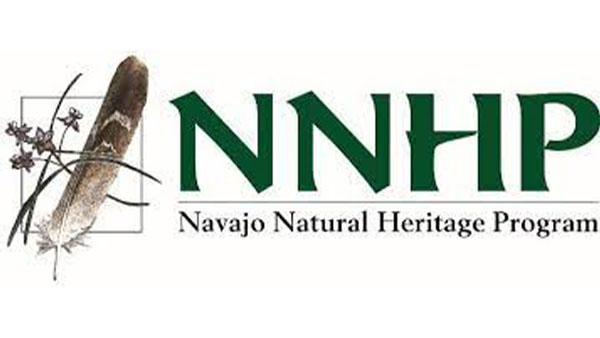What is the Biodiversity Crisis?
The diversity of life on earth is under threat. Learn what the biodiversity crisis means, why it matters, what biodiversity is found near you, and how to help.
CEO Anne Bowser and VP for Conservation Science, Regan Smyth discuss what we mean by biodiversity and why it is in crisis in the United States.
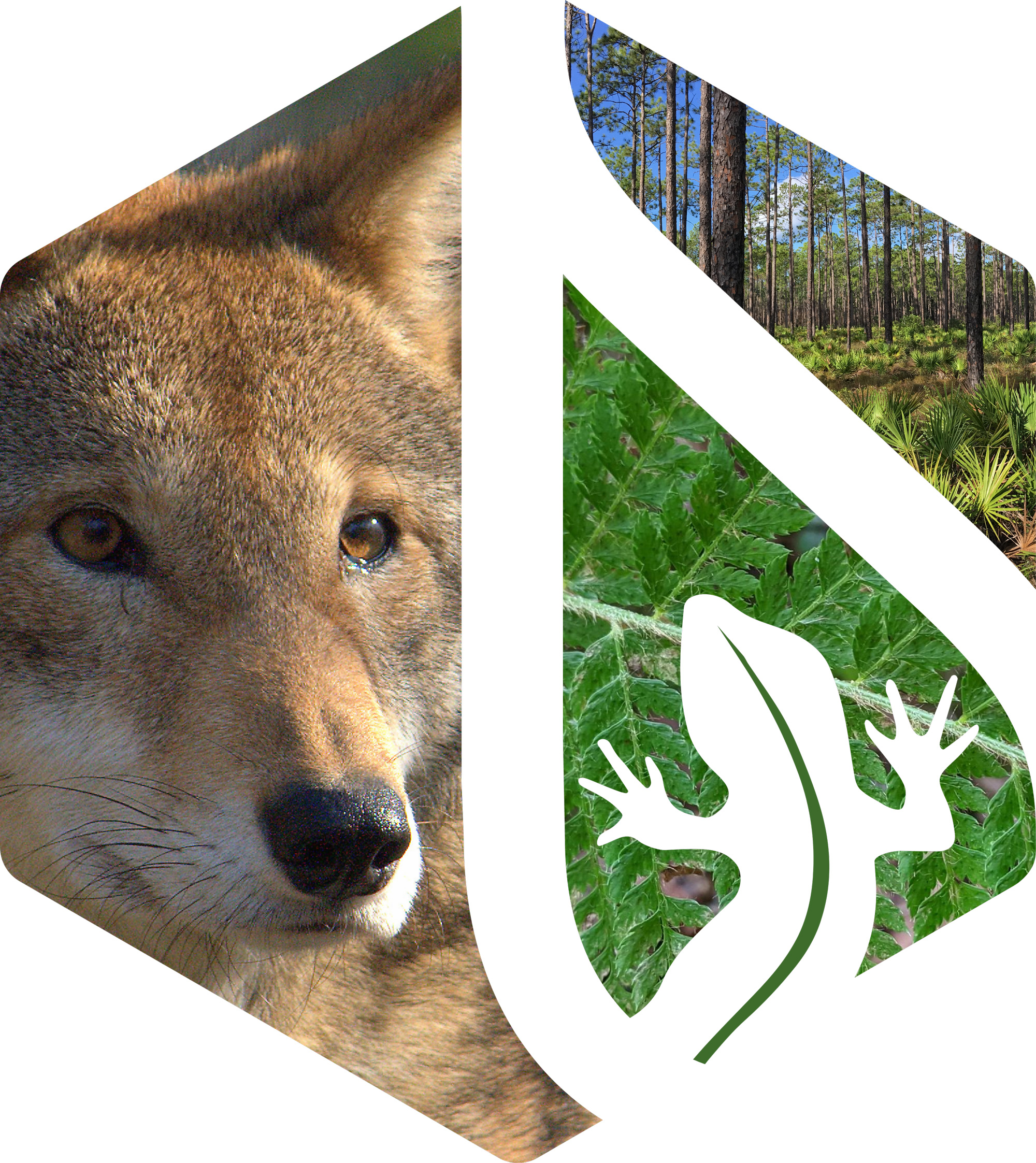
34% of plant species
are at risk of extinction
Almost half of cactus species, about 200 tree species, and nearly 1 in 5 grass species are at risk.
40% of animal species
are at risk of extinction
Animals found in freshwater habitats, including amphibians, snails, mussels, crayfish, and many aquatic insects, are most at risk.
41% of ecosystems
are at risk of range-wide collapse
Temperate grasslands are among the most threatened ecosystems, with over half of known types to be at risk.
Wes Knapp, Chief Botanist, and Don Faber-Langendoen, Senior Ecologist & Conservation Methods Coordinator, explain what it means for a species to go extinct and highlight the value of ecosystem conservation.
Understanding the Threats
Human activity is destroying thousands of species’ homes.

Soybean Field. Photo by United Soybean Board.
Habitat loss occurs when a natural area becomes incapable of supporting its native species, resulting in the displacement or destruction of its biodiversity. Although habitat loss can be caused by natural disasters or geological changes, it is most often caused by human activities such as logging, mining, agricultural land conversion, recreation, and pollution.
From parrots to pangolins, millions of animals and plants are sold illegally each year.

Venus Flytrap (Dionaea muscipula), NatureServe Global Conservation Status: Imperiled (G2). Photo by Tatiana Bralnina.
Each year, thousands of wild plants and animals are caught or harvested and then legitimately sold as food, pets, or medicine. Hundreds of species are also sold or exchanged illegally. In addition to being one of the major drivers of extinction, illegal wildlife trade facilitates the proliferation of invasive species and can cause disease outbreaks. Some examples of illegal wildlife trade are well known, such as the poaching of elephants for ivory; however, countless other species, such as bighorn sheep and Venus flytraps, are also exploited, and the United States is one of the largest consumers of illegal wildlife products in the world.
Invasive non-native species overwhelm their local counterparts.

Emerald Ash Borer (Agrilus planipennis), NatureServe Global Conservation Status: No Status Rank.
Photo by U.S. Department of Agriculture. Emerald ash borer damage in wood. Photo by Anna Hesser.
Often spread by human activities such as trade and tourism, invasive species pose a significant and growing threat to native biodiversity. They compete with native species for resources and often have no native predators to keep their numbers in check. In North America, invasive species such as some grasses, insects, fishes, and mussels have transformed terrestrial and freshwater ecosystems, threatening 47% of imperiled species in the U.S. and Canada. For example, the emerald ash borer is a wood-boring beetle native to Asia. First detected in the United States in 2002, it is now present in at least 35 states and has killed millions of ash trees.
Climate change is affecting the migration, reproduction, and survival of millions of species.

American flamingoes (Phoenicopterus ruber) in flight. NatureServe Global Status: Apparently Secure (G4). Photo by wirestock.
Rising temperatures, ocean acidification, and extreme weather events affect the ability of species to survive and reproduce. In addition, climate change can alter the timing of natural events. For example, many North American bird species are migrating earlier due to warmer temperatures.
Chief Scientist Bruce Young talks about many of the threats that species and ecosystems face across the United States.
Why it Matters
Biodiversity in Everyday Life
Biodiversity touches nearly every aspect of our lives. Whether or not you realize it, you interact directly with biodiversity all the time: from the prescriptions in your medicine cabinet to the clothes in your closet, many of the items you consume, wear, and use each day are actually biodiversity in disguise. Biodiversity is a vital component of our well-being and prosperity. Let’s take a look at a few examples.
Biodiversity is the Earth’s grocery store.

Black-and-gold Bumble Bee (Bombus auricomus), NatureServe Global Conservation Status: Secure (G5). Photo by Dan Mullen. Tomatoes on Green Plant. Photo by orcearo.
Nearly everything we eat or drink comes from the plants and animals that make up biodiversity. Close to 75% of the world’s crops depend on pollinators such as bees, butterflies, and bats for sustained production and yield. Beverages rely on biodiversity too – we need agave to make tequila, grapes to make wine, grain to make beer, and coffee beans to make coffee.
An apple (or turmeric root) a day keeps the doctor away.

Indian Turmeric Powder and Root. Photo by Antonina Vlasova .
At least 40% of medical drugs come directly from biodiversity and about half of the drugs approved for use in the past 30 years come from nature. Across the world, scientists are exploring new scientific breakthroughs inspired by biodiversity, from using turmeric to reduce inflammation and relieve arthritis pain to researching sea cucumbers to treat stroke, Parkinson’s disease, and spinal cord injuries.
Your home, clothes, and belongings are made of biodiversity.

Cotton. Photo by Galyna_Andruskho.
Stacked Tree Trunks. Photo by ABBPhoto.
The natural materials that we use to build our homes, clothe ourselves, and power our lives come from biodiversity. For example, we build furniture and houses with wood from trees, we make clothes from cotton, and we burn fossil fuels made of plant and animal remains to create electricity.
Plants and other living organisms regulate our climate.

Redwood trees (Sequoia sempervirens). NatureServe Global Status: Apparently Secure (G4) Photo by Sundry Photography.
Terrestrial and marine ecosystems, including rainforests, wetlands, and kelp forests, play an important role in regulating our climate, absorbing roughly half of human-made carbon dioxide emissions. Lichens (plant-like organisms comprised of algae and fungi) trap particulate matter and absorb pollutants from the atmosphere, while trees provide a cooling effect by shading the Earth from the sun’s rays and releasing water into the air through their leaves.
Wetlands reduce flooding and mitigate the effects of natural disasters.

Long Meadow Lake Unit Minnesota Valley National Wildlife Refuge. Photo by Tina Shaw, U.S. Fish and Wildlife Service.
Biodiversity plays a critical role in flood control. Wetlands prevent flooding by temporarily storing and then slowing the release of storm water. In many tropical regions, mangroves reduce waves and storm surges, serving as the first line of defense against flooding and erosion.
Species work together to engineer the ecosystems in which they live.

American Beaver (Castor canadensis), NatureServe Global Conservation Status: Secure (G5). Photo by Tom Murray. Pileated Woodpecker (Dryocopus pileatus
), NatureServe Global Conservation Status: Secure (G5). Photo by Harry Collins Photography.
Many species are “ecosystem engineers” that create, modify, and maintain habitats, in turn affecting the availability of resources for other species in the environment. As examples, wild horses dig wells in deserts, providing water to other wildlife; beavers build dams, creating habitat for fish, birds, and other mammals; and woodpeckers create tree cavities that are often used by other species.
Hear from NatureServe staff about why they care about biodiversity and why you should too.
Help Protect Biodiversity
Learn more about the species and program in your state using the map below.

Join the Nest
For the past 50 years, NatureServe has been at the forefront of the fight to protect biodiversity, which sustains us all. Knowledge is power, and with the right information, we can make decisions that will profoundly impact our planet's future. Start a monthly gift and join The Nest, a community of dedicated supporters building a nest egg for biodiversity's future.
Adopt a Species
Blue-spotted salamanders are undeniably fascinating creatures with blueish spots covering their entire bodies from head to toe. Is it surprising that NatureServe sought inspiration from blue-spotted salamanders when designing our logo? Be part of the legacy by adopting the blue-spotted salamander to support the next 50 years of biodiversity conservation across North America.Blue-spotted salamander (Ambystoma laterale). NatureServe Global Status: Secure (G5). Photo by Adam Cushen (iNaturalist.org).
Dive Deeper
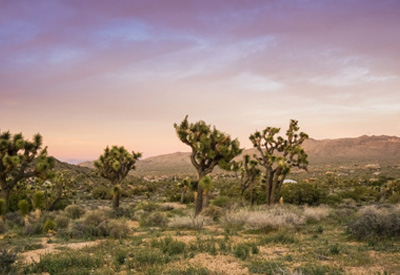
Biodiversity in Focus: U.S. Edition
Discover NatureServe's groundbreaking 2023 report for an in-depth look at the current status of species and ecosystems across the United States—essential reading for anyone passionate about conservation!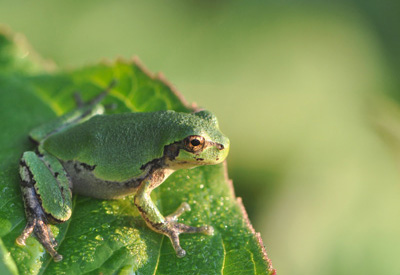
Explore At-Risk Biodiversity near you
Sign up for free on NatureServe Explorer Pro and unlock access to our powerful mapping tool, featuring a rich variety of biodiversity datasets from NatureServe and beyond. Explore countless layers and gain insights to support your conservation work!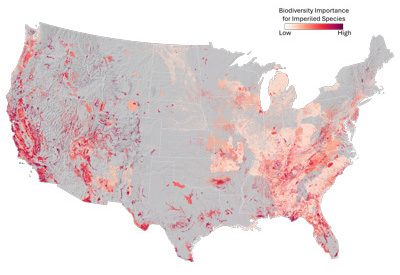
Tour our Map of Biodiversity Importance
Explore how this powerful tool is helping pinpoint essential areas for conservation across the U.S. and driving impactful biodiversity protection.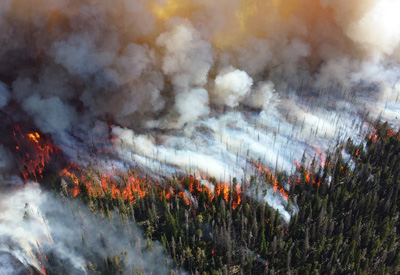
Learn more about Biodiversity and Climate Change
Find out how climate change impacts biodiversity, from shifting habitats to disrupted life cycles, and why protecting nature is crucial for building a resilient future for all.This biodiversity awareness initiative was funded by:

Meet some of Alabama’s most imperiled species
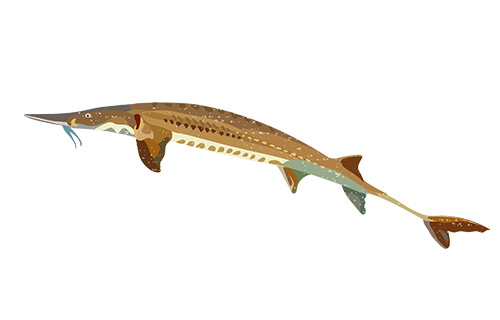
Alabama Sturgeon
Scaphirhynchus suttkusi
Critically Imperiled (G1)
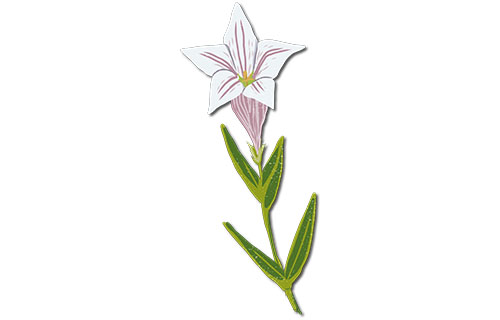
Alabama Pinkroot
Spigelia alabamensis
Imperiled (G2)
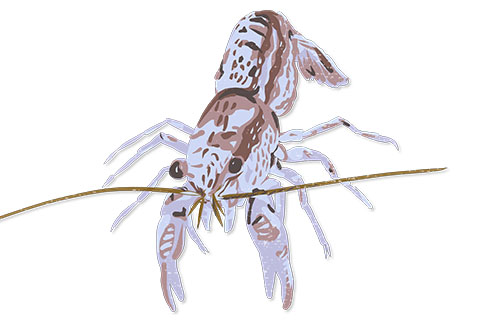
Twisted Dwarf Crayfish
Cambarellus rotatus
Critically Imperiled (G1)
Meet some of Alaska’s most imperiled species
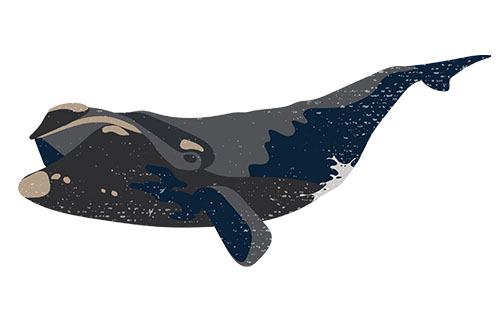
North Pacific Right Whale
Eubalaena japonica
Critically Imperiled (G1)
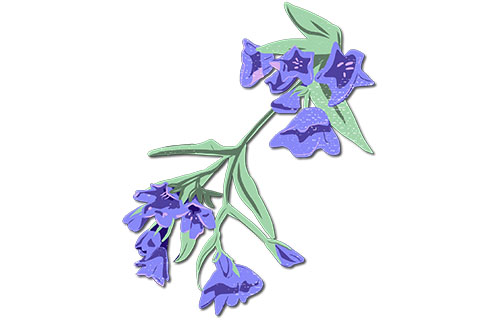
Drummond's Bluebells
Mertensia drummondii
Apparently Secure (G4)
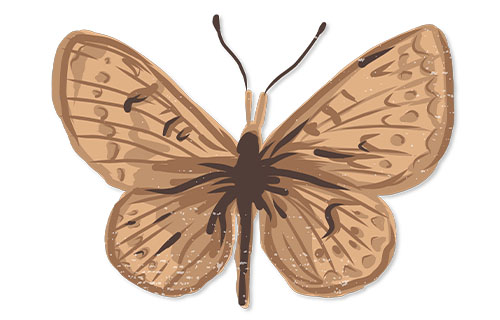
Beringian Fritillary
Boloria natazhati
Vulnerable (G3)
Meet some of Arizona’s most imperiled species
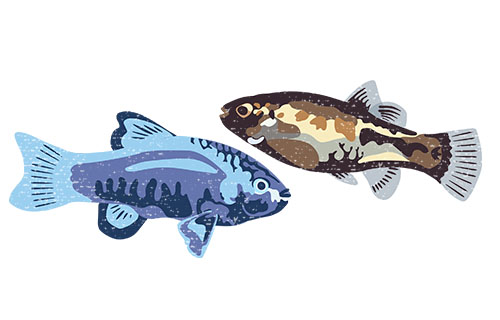
Quitobaquito Pupfish
Cyprinodon eremus
Critically Imperiled (G1)
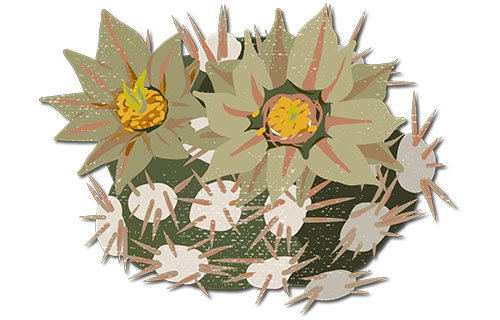
Robbins' Pincushion Cactus
Escobaria robbinsiorum
Critically Imperiled (G1)
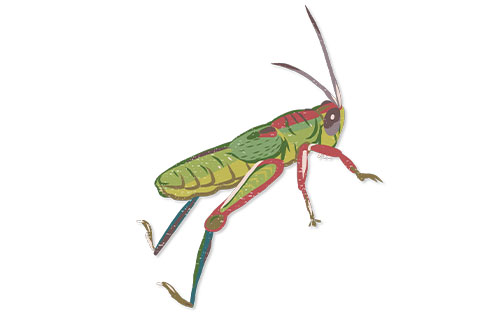
Atascosa Gem Grasshopper
Aztecacris gloriosus
Critically Imperiled (G1)
Meet some of Arkansas’s most imperiled species
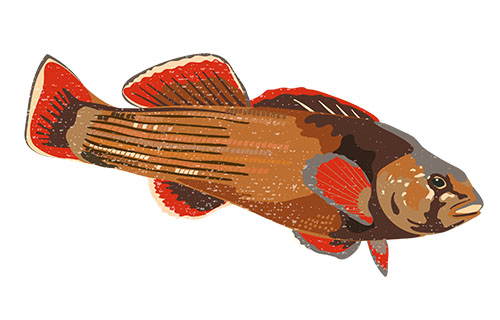
Yellowcheek Darter
Etheostoma moorei
Critically Imperiled (G1)
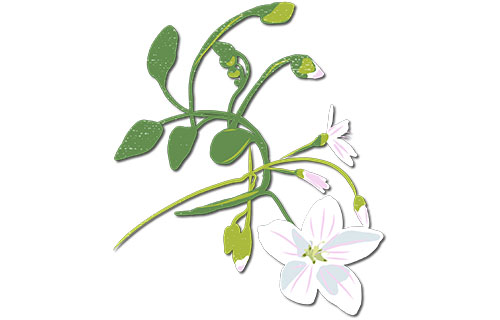
Arkansas Springbeauty
Claytonia arkansana
Imperiled (G2)
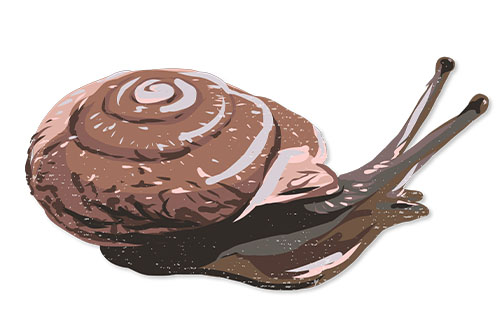
Magazine Mountain Shagreen
Inflectarius magazinensis
Critically Imperiled (G1)
Meet some of California’s most imperiled species
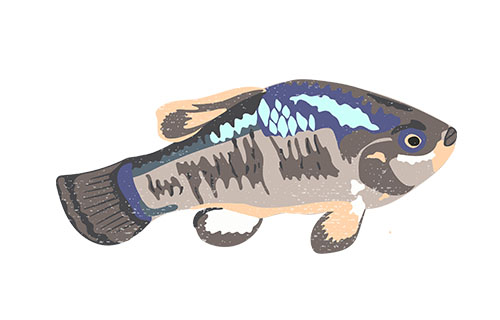
Owens pupfish
Cyprinodon radiosus
Critically Imperiled (G1)
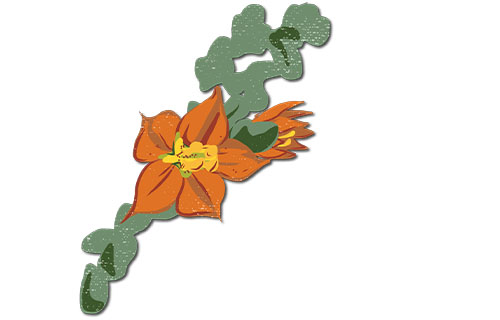
Pine Hill Flannelbush
Fremontodendron decumbens
Imperiled (G2)
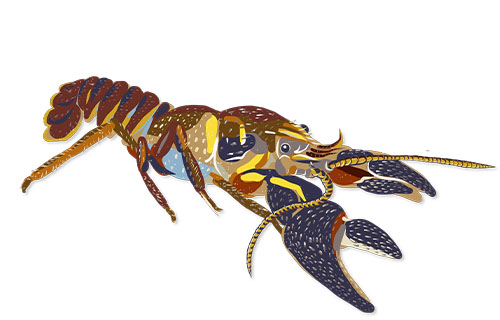
Shasta Crayfish
Pacifastacus fortis
Critically Imperiled (G1)
Meet some of Colorado’s most imperiled species
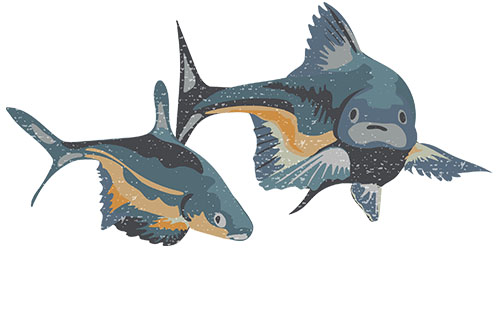
Bonytail Chub
Gila elegans
Critically Imperiled (G1)
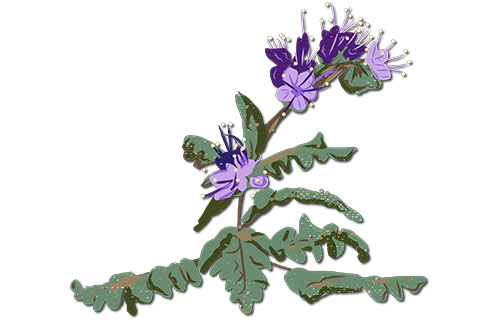
North Park Phacelia
Phacelia formosula
Critically Imperiled (G1)
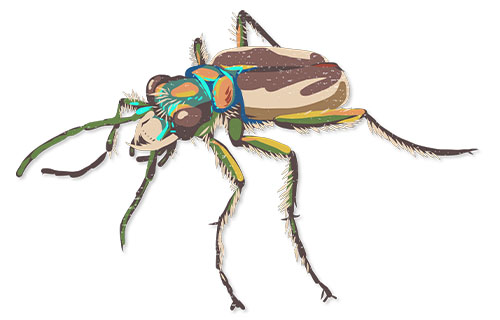
Colorado Dune Tiger Beetle
Cicindela Theatina
Critically Imperiled (G1)
Meet some of Connecticut’s most imperiled species
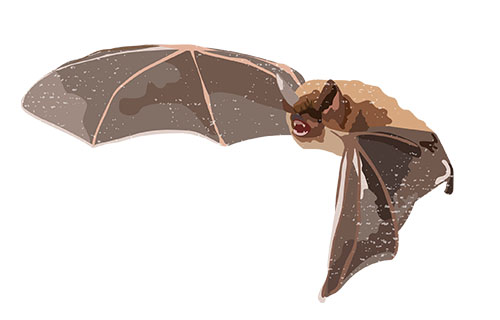
Northern Long-eared Bat
Myotis septentrionalis
Critically Imperiled (G1)
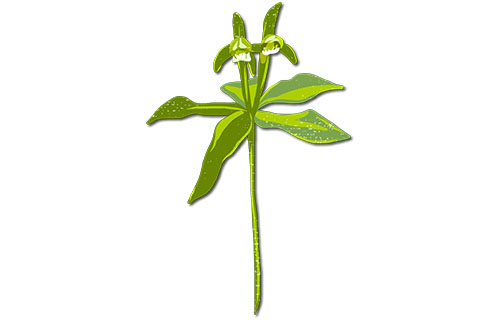
Small Whorled Pogonia
Isotria medeoloides
Imperiled (G2)
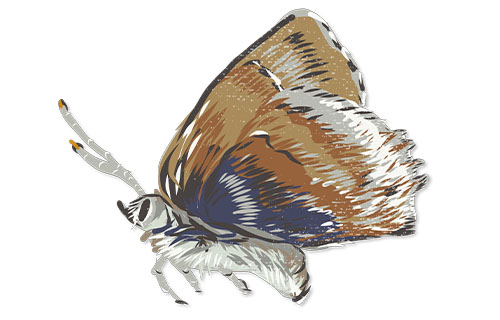
Frosted Elfin
Callophrys irus
Imperiled (G2)
Meet some of Delaware’s most imperiled species
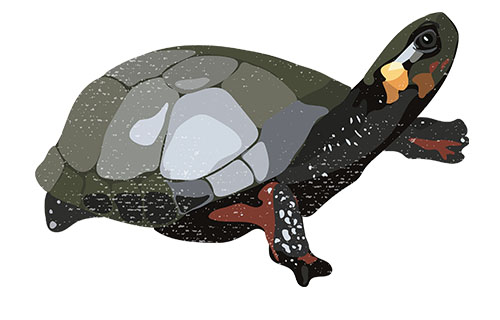
Bog Turtle
Glyptemys muhlenbergii
Imperiled (G2)
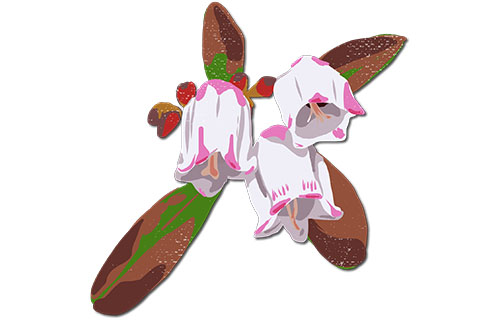
Box Huckleberry
Gaylussacia brachycera
Vulnerable (G3)
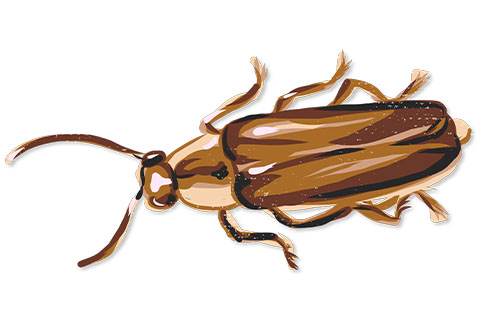
Bethany Beach Firefly
Photuris bethaniensis
Critically Imperiled (G1)
Meet some of District of Columbia’s most imperiled species
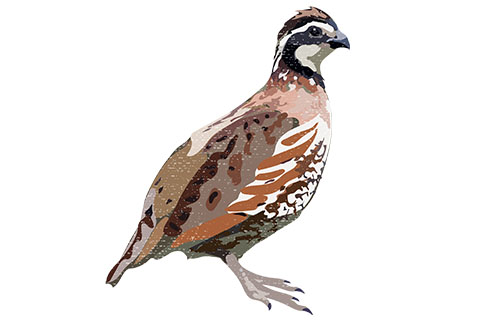
Northern Bobwhite
Colinus virginianus
Apparently Secure (G4)
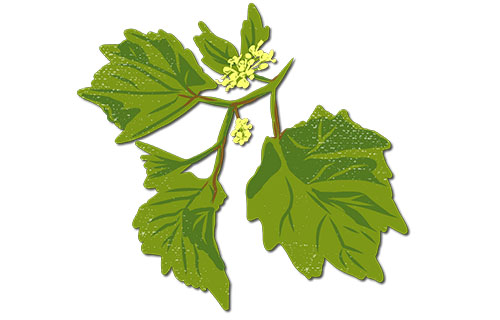
Sand Grape
Vitis rupestris
Secure (G5)
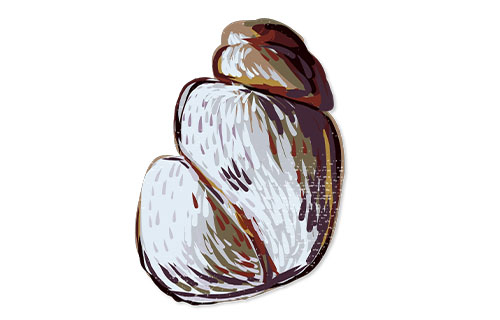
Appalachian Springsnail
Fontigens bottimeri
Imperiled (G2)
Meet some of Florida’s most imperiled species
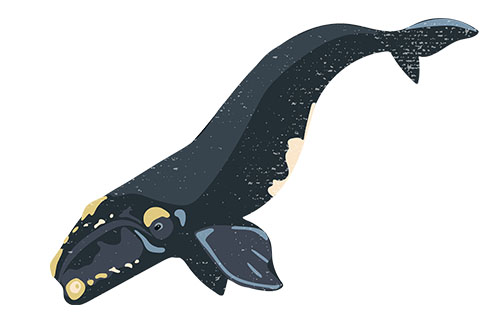
North Atlantic Right Whale
Eubalaena glacialis
Critically Imperiled (G1)
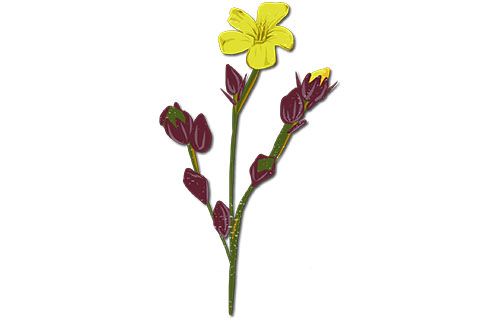
Coastalplain Flax
Linum arenicola
Imperiled (G2)
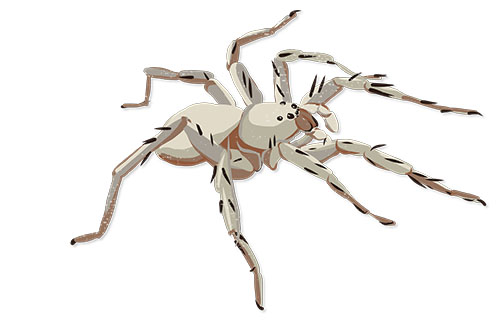
Santa Rosa Wolf Spider
Arctosa sanctaerosae
Vulnerable (G3)
Meet some of Georgia’s most imperiled species
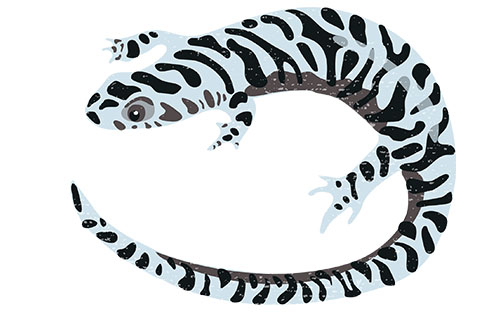
Frosted Flatwoods Salamander
Ambystoma cingulatum
Imperiled (G2)
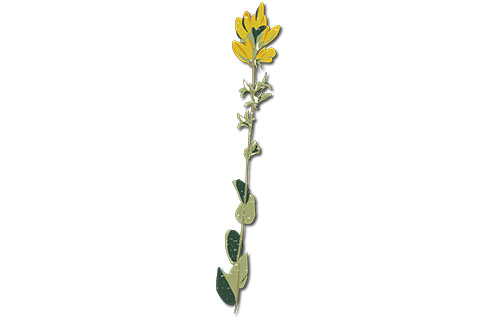
Hairy Rattleweed
Baptisia arachnifera
Imperiled (G2)
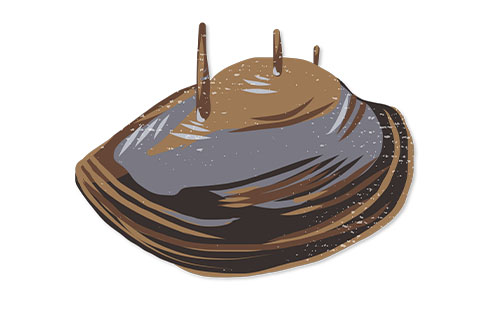
Altamaha Spinymussel
Elliptio spinosa
Critically Imperiled (G1)
Meet some of Hawai‘i’s most imperiled species
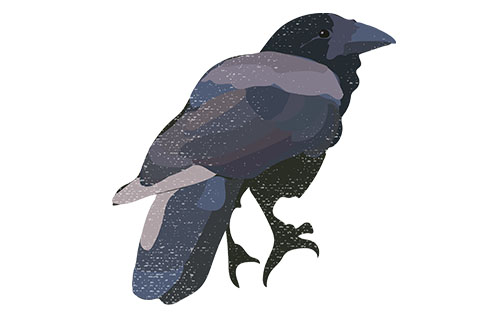
Hawaiian Crow
Corvus hawaiiensis
Possibly Extinct (GH)
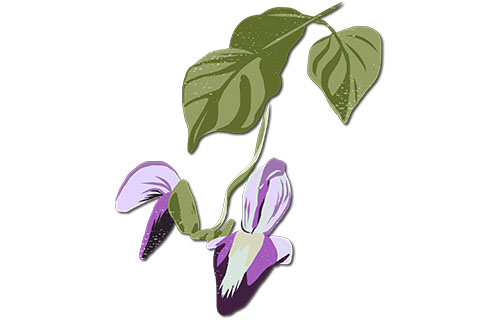
Nāpali Beach Jackbean
Canavalia napaliensis
Critically Imperiled (G1)
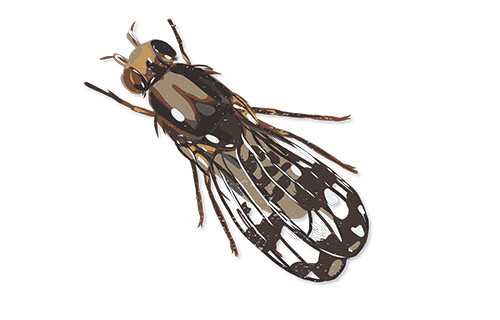
a pomace fly
Drosophila ochrobasis
Critically Imperiled (G1)
Meet some of Idaho’s most imperiled species
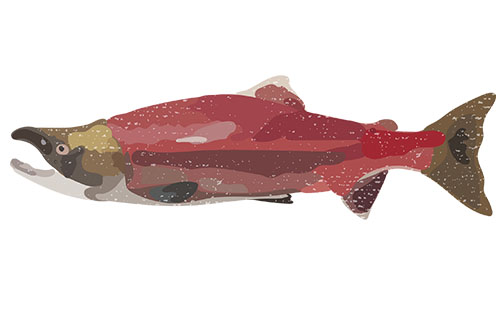
Sockeye Salmon
Oncorhynchus nerka
Secure (G5)
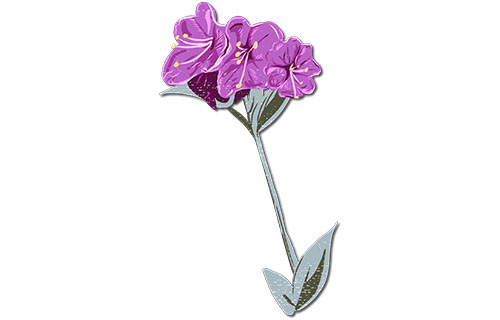
Macfarlane’s Four-O’Clock
Mirabilis macfarlanei
Imperiled (G2)
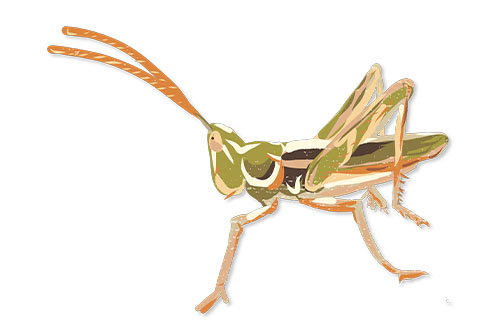
Idaho Point-headed Grasshopper
Acrolophitus pulchellus
Imperiled (G2)
Meet some of Illinois’s most imperiled species
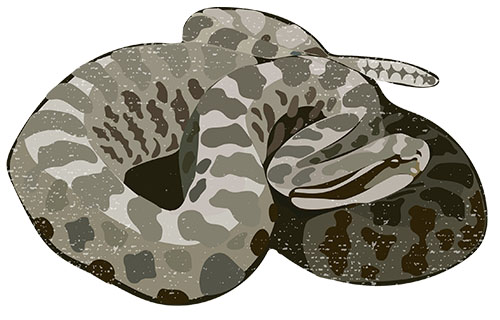
Eastern Massasauga
Sistrurus catenatus
Vulnerable (G3)
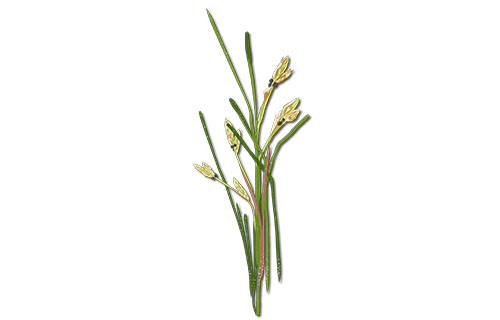
Hall’s Bulrush
Schoenoplectus hallii
Imperiled (G2)
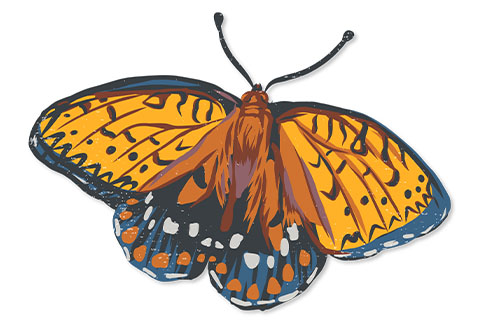
Regal Fritillary
Speyeria Idalia
Vulnerable (G3)
Meet some of Indiana’s most imperiled species
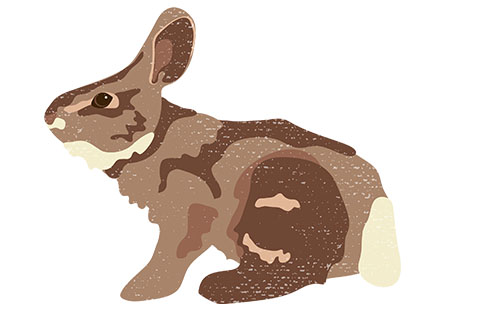
Swamp rabbit
Sylvilagus aquaticus
Secure (G5)
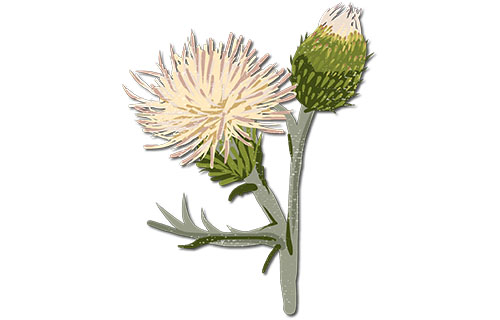
Pitcher’s Thistle
Cirsium pitcheri
Vulnerable (G3)
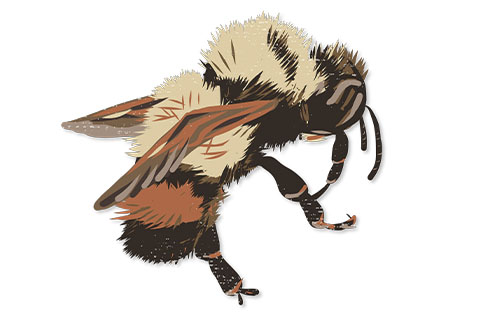
Rusty-patched bumblebee
Bombus affinis
Imperiled (G2)
Meet some of Iowa’s most imperiled species
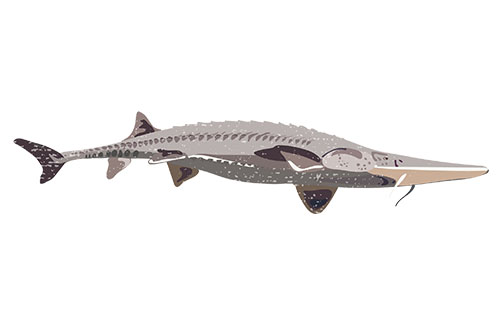
Pallid Sturgeon
Scaphirhynchus albus
Imperiled (G2)
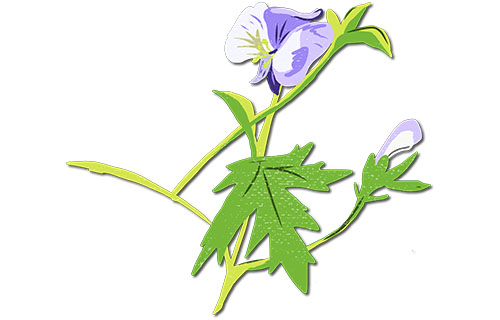
Northern Blue Monkshood
Aconitum noveboracense
Vulnerable (G3)
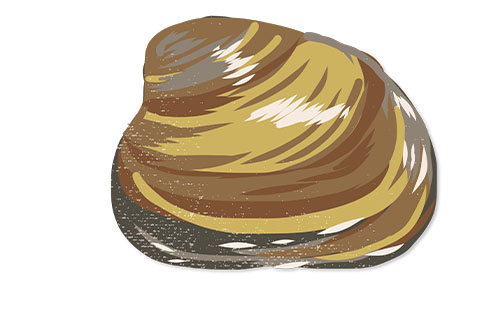
Higgins Eye
Lampsilis higginsii
Critically Imperiled (G1)
Meet some of Kansas’s most imperiled species
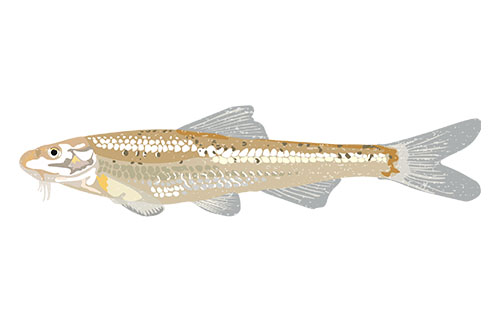
Peppered Chub
Macrhybopsis tetranema
Critically Imperiled (G1)
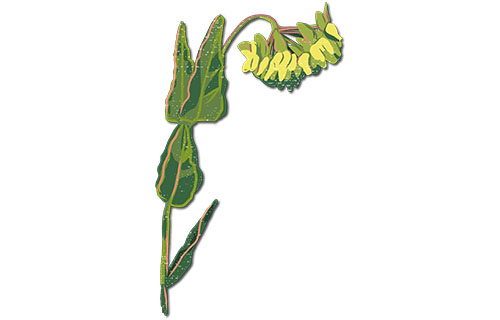
Mead’s Milkweed
Asclepias meadii
Imperiled (G2)
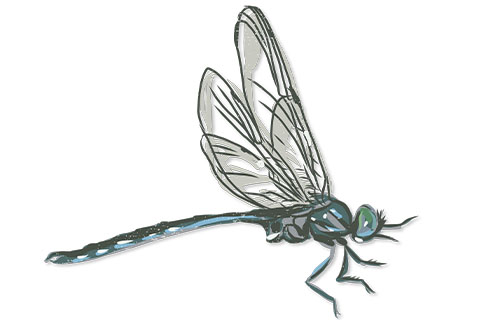
Ozark Emerald
Somatochlora ozarkensis
Vulnerable (G3)
Meet some of Kentucky’s most imperiled species
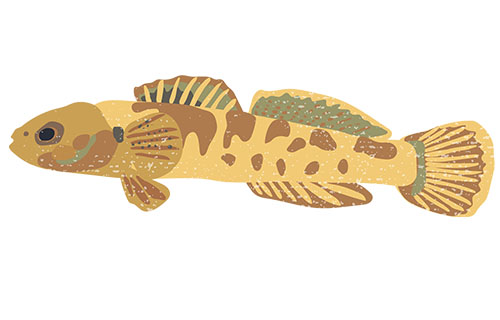
Buck Darter
Etheostoma nebra
Critically Imperiled (G1)
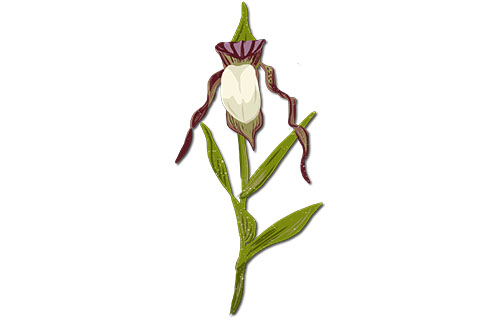
Kentucky Lady's Slipper
Cypripedium kentuckiense
Vulnerable (G3)
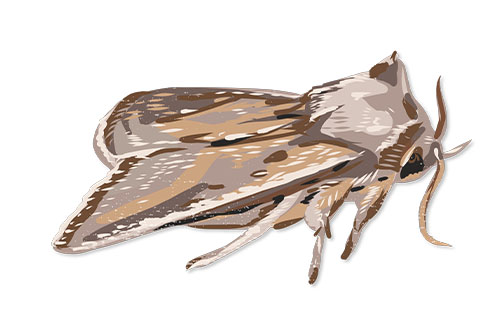
Blazing Star Stem Borer
Papaipema beeriana
Imperiled (G2)
Meet some of Louisiana’s most imperiled species
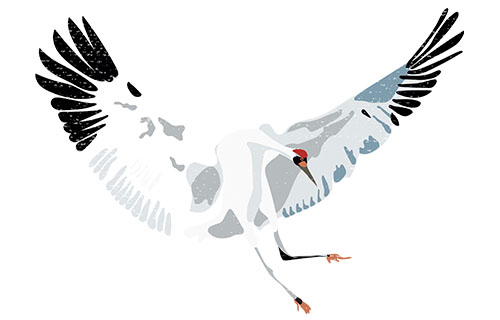
Whooping Crane
Grus americana
Critically Imperiled (G1)
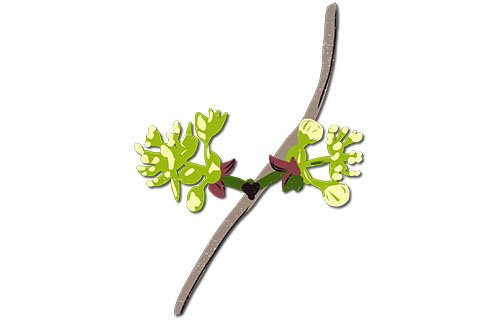
Bog Spicebush
Lindera subcoriacea
Vulnerable (G3)
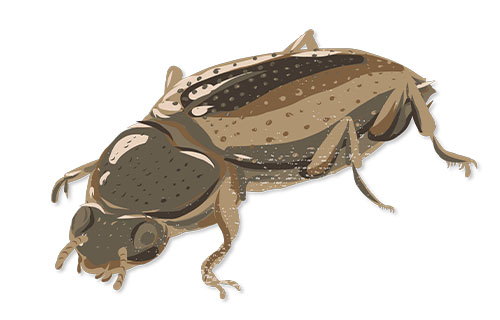
Little Dubiraphian Riffle Beetle
Dubiraphia parva
Imperiled (G2)
Meet some of Maine’s most imperiled species
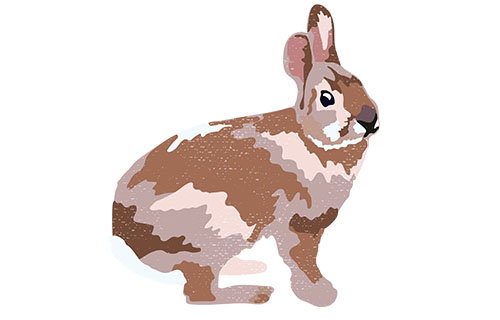
New England Cottontail
Sylvilagus transitionalis
Vulnerable (G3)
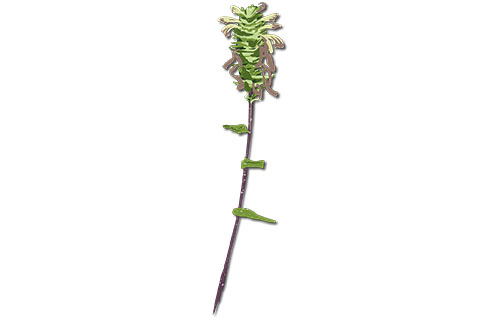
Furbish's Lousewort
Pedicularis furbishiae
Critically Imperiled (G1)
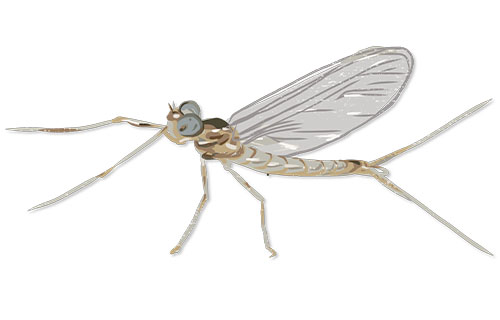
Roaring Brook Mayfly
Epeorus frisoni
Critically Imperiled (G1)
Meet some of Maryland’s most imperiled species
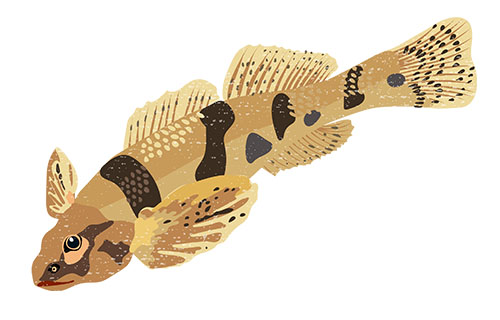
Maryland Darter
Etheostoma sellare
Possibly Extinct (GH)
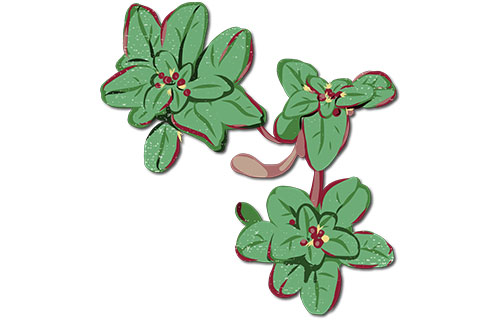
Seabeach Amaranth
Amaranthus pumilus
Imperiled (G2)
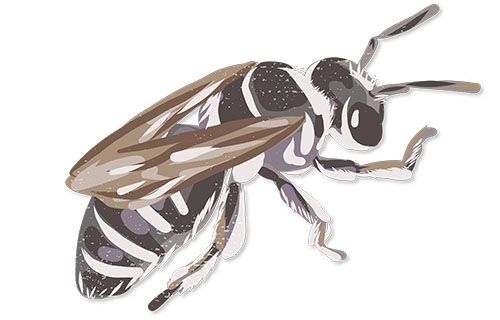
Pearly-banded Bee
Nomia maneei
Vulnerable (G3)
Meet some of Massachusetts’s most imperiled species

North Atlantic Right Whale
Eubalaena glacialis
Critically Imperiled (G1)
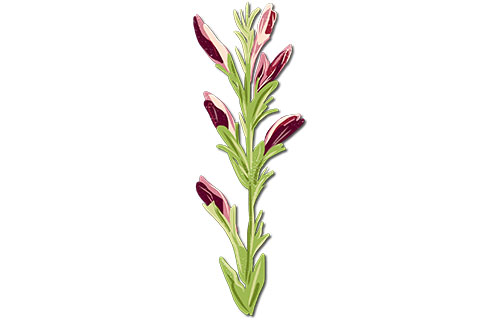
American Chaffseed
Schwalbea americana
Imperiled (G2)
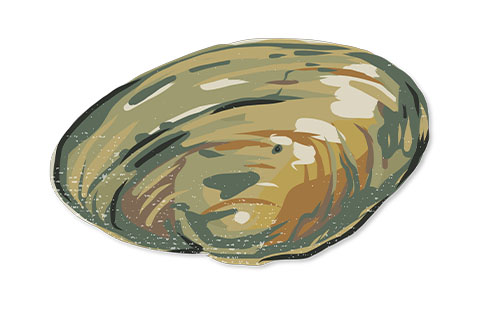
Yellow Lampmussel
Lampsilis cariosa
Vulnerable (G3)
Meet some of Michigan’s most imperiled species
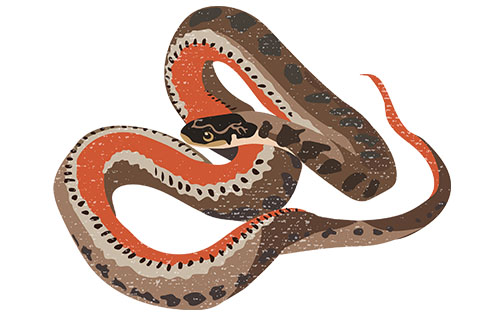
Kirtland's Snake
Clonophis kirtlandii
Imperiled (G2)
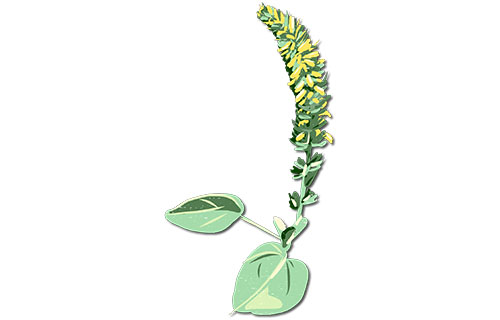
Bullhead Mountain Besseya
Besseya bullii
Vulnerable (G3)
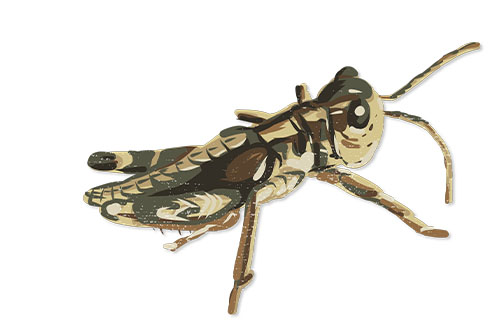
Appalachia arcana
Michigan bog grasshopper
Imperiled (G2)
Meet some of Minnesota’s most imperiled species
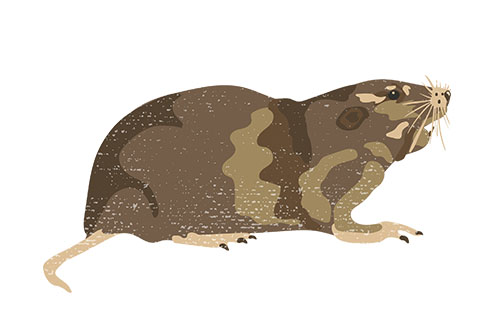
Northern Pocket Gopher
Thomomys talpoides
Secure (G5)
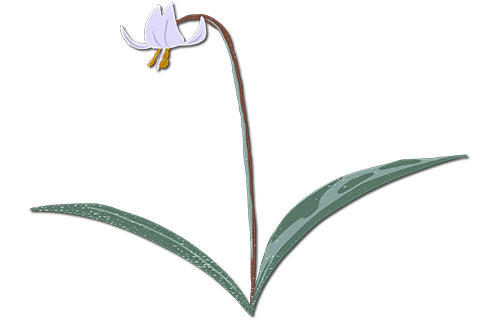
Dwarf Trout Lily
Erythronium propullans
Critically Imperiled (G1)
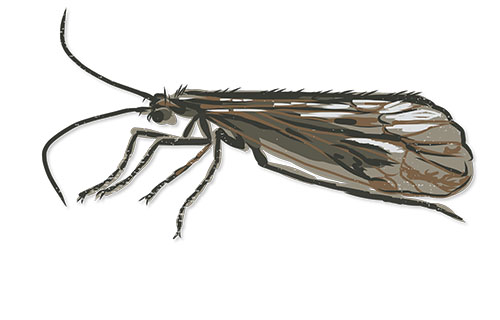
Headwater Chilostigman Caddisfly
Chilostigma itascae
Imperiled (G2)
Meet some of Mississippi’s most imperiled species
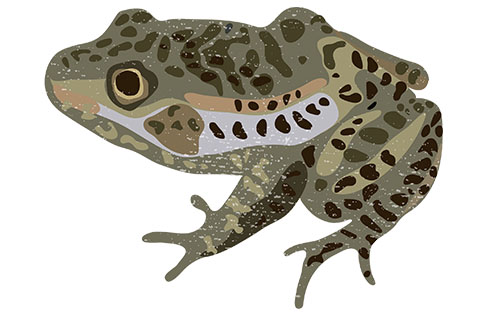
Dusky Gopher Frog
Lithobates sevosus
Critically Imperiled (G1)
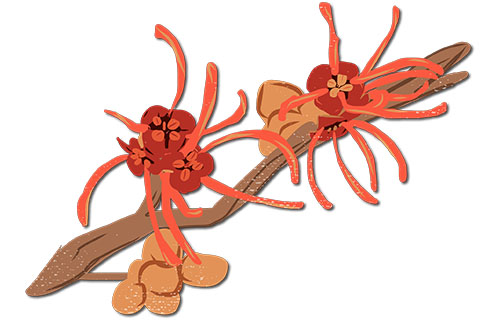
Bigleaf Witch-Hazel
Hamamelis ovalis
Imperiled (G2)
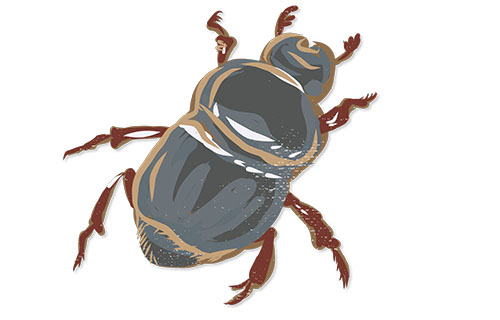
Onthophagus Tortoise Commensal Scarab Beetle
Onthophagus polyphemi
Imperiled (G2)
Meet some of Missouri’s most imperiled species
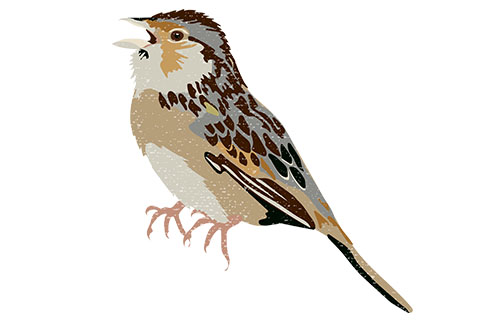
Bachman’s Sparrow
Peucaea aestivalis
Vulnerable (G3)
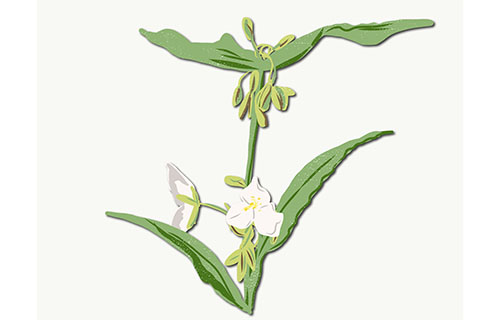
Ozark Spiderwort
Tradescantia ozarkana
Vulnerable (G3)
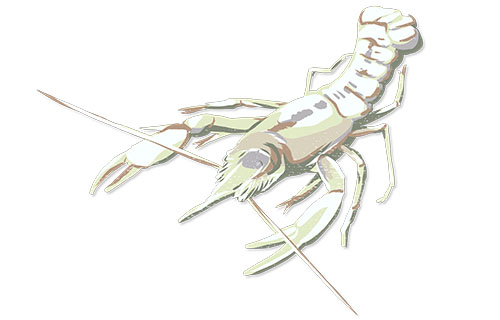
Caney Mountain Cave Crayfish
Orconectes stygocaneyi
Critically Imperiled (G1)
Meet some of Montana’s most imperiled species

Pallid Sturgeon
Scaphirhynchus albus
Imperiled (G2)
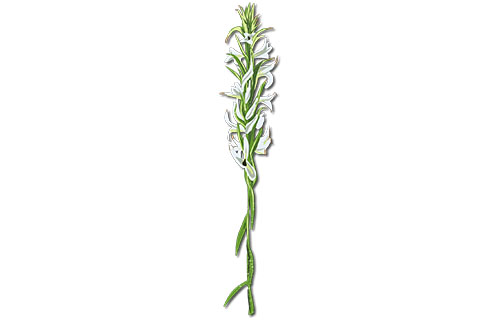
Ute Ladies’-tresses
Spiranthes diluvialis
Imperiled (G2)
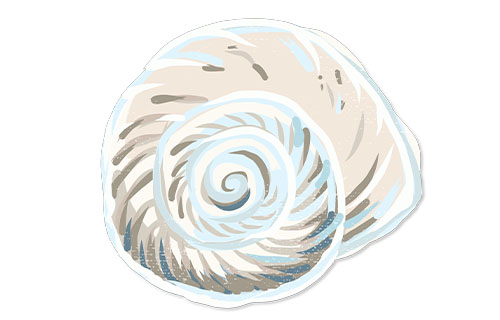
Carinate Mountainsnail
Oreohelix elrodi
Imperiled (G2)
Meet some of Nebraska’s most imperiled species

Whooping Crane
Grus americana
Critically Imperiled (G1)
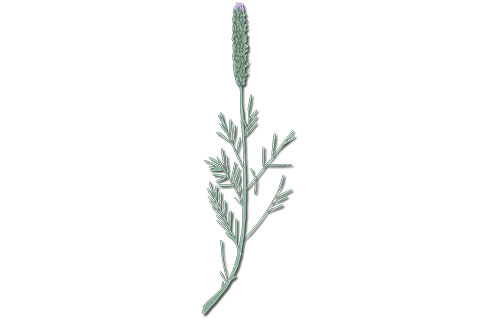
Cylinderhead Prairie Clover
Dalea cylindriceps
Imperiled (G2)
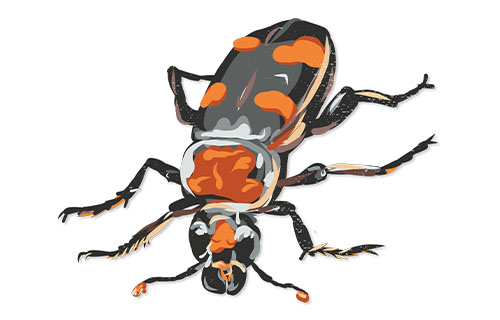
Nicrophorus americanus
American Burying Beetle
Vulnerable (G3)
Meet some of Nevada’s most imperiled species
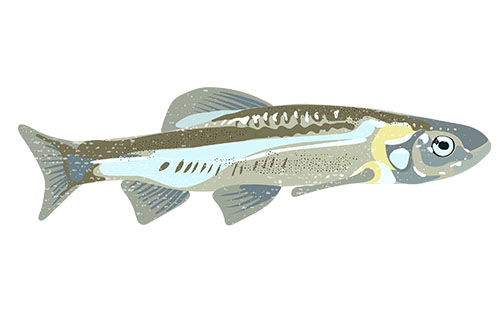
Woundfin
Plagopterus argentissimus
Critically Imperiled (G1)
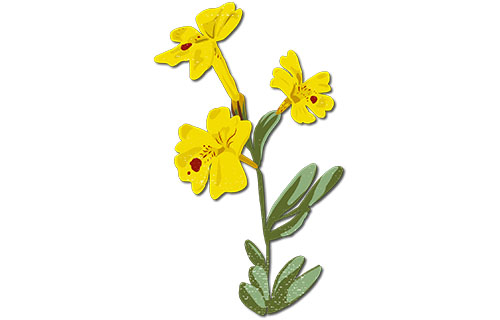
Carson Valley Monkeyflower
Erythranthe carsonensis
Imperiled (G2)
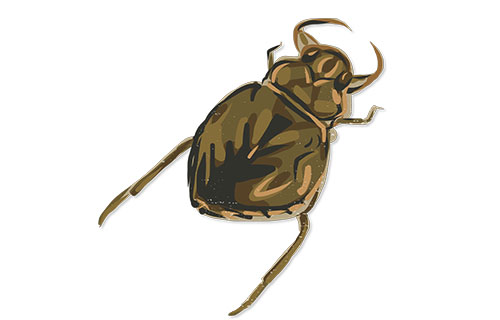
The Ash Meadows naucorid
Ambrysus amargosus
Critically Imperiled (G1)
Meet some of New Hampshire’s most imperiled species
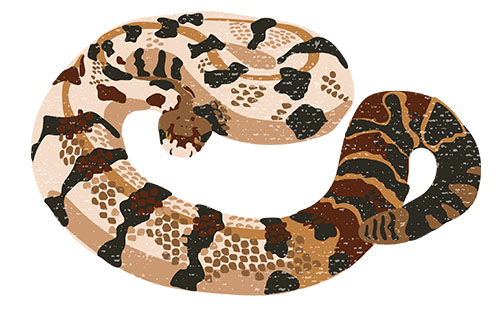
Timber Rattlesnake
Crotalus horridus
Apparently Secure (G4)
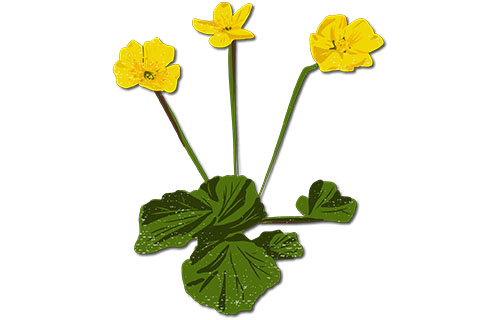
White Mountain Avens
Geum peckii
Imperiled (G2)
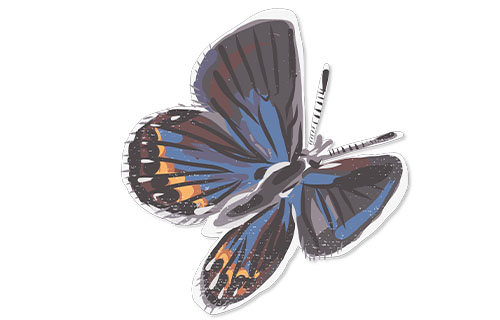
Karner Blue
Plebejus samuelis
Critically Imperiled (G1)
Meet some of New Jersey’s most imperiled species
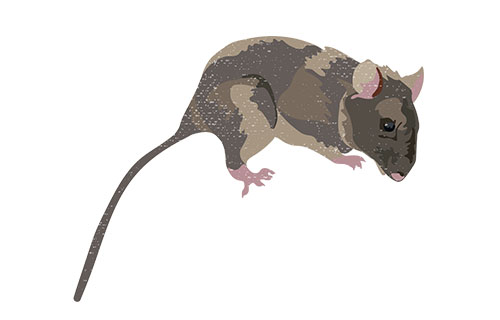
Allegheny woodrat
Neotoma magister
Vulnerable (G3)
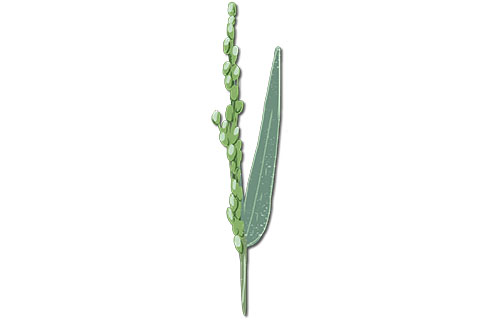
Hirst’s Panic Grass
Dichanthelium hirstii
Critically Imperiled (G1)
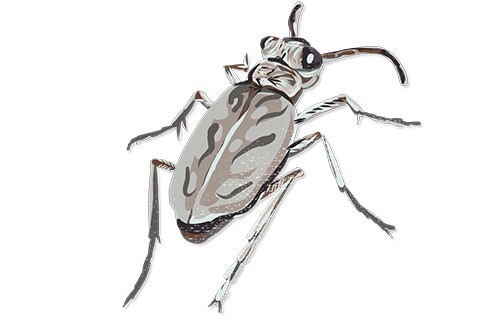
Ghost Tiger Beetle
Ellipsoptera lepida
Vulnerable (G3)
Meet some of New Mexico’s most imperiled species
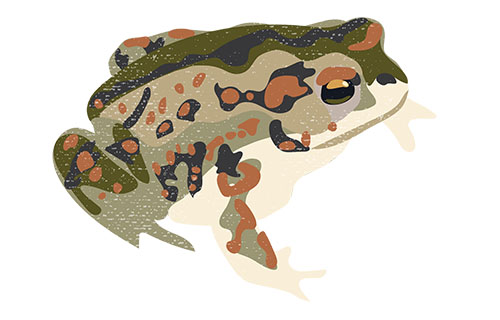
Boreal Toad
Anaxyrus boreas
Apparently Secure (G4)
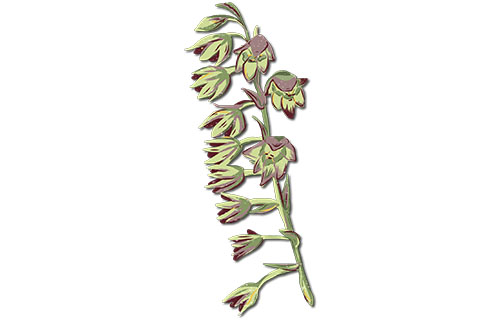
Mogollon Deathcamas
Zigadenus mogollonensis
Critically Imperiled (G1)
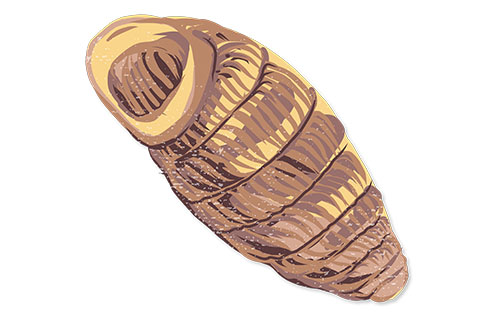
Vagabond Holospira
Holospira montivaga
Imperiled (G2)
Meet some of New York’s most imperiled species
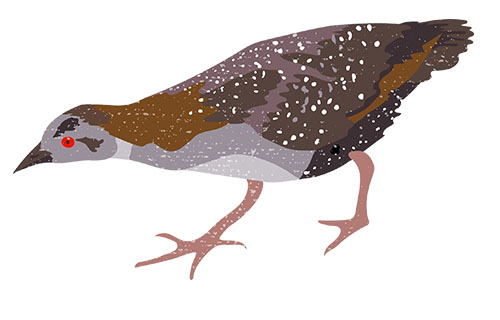
Black Rail
Laterallus jamaicensis
Vulnerable (G3)
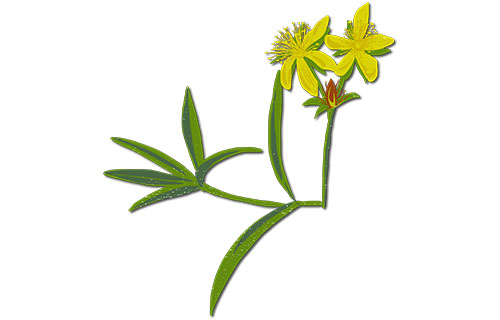
Creeping St. John's-wort
Hypericum adpressum
Vulnerable (G3)
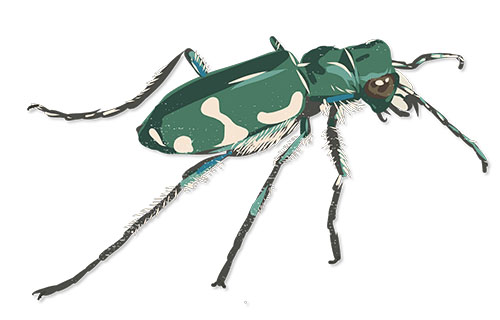
Northern barrens tiger beetle
Cicindela patruela
Vulnerable (G3)
Meet some of North Carolina’s most imperiled species
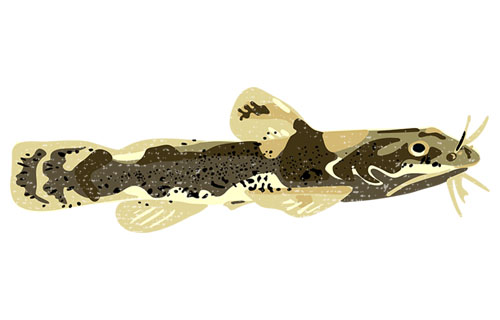
Carolina Madtom
Noturus furiosus
Imperiled (G2)
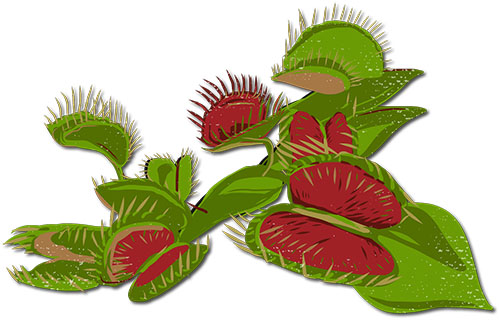
Venus Flytrap
Dionaea muscipula
Vulnerable (G3)
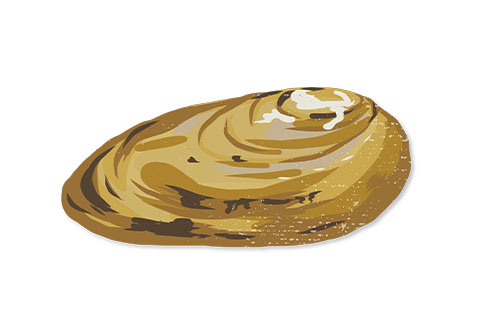
Yellow Lance
Elliptio lanceolata
Imperiled (G2)
Meet some of North Dakota’s most imperiled species
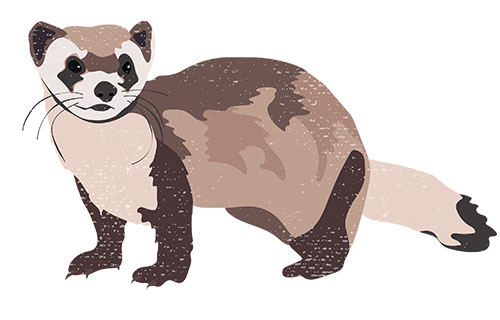
Black-footed Ferret
Mustela nigripes
Critically Imperiled (G1)
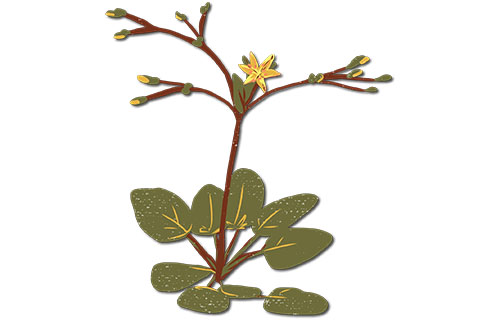
Visher's Buckwheat
Eriogonum visheri
Vulnerable (G3)
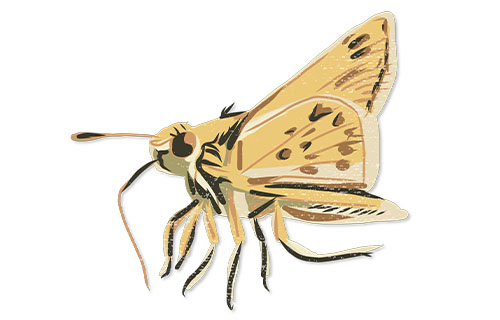
Dakota Skipper
Hesperia dacotae
Imperiled (G2)
Meet some of Ohio’s most imperiled species
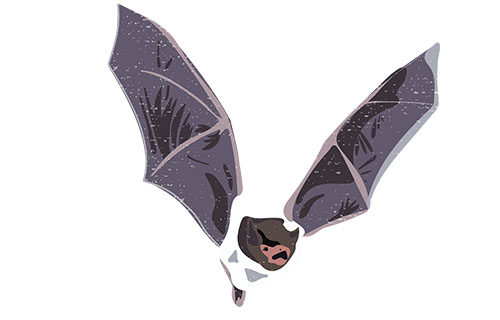
Indiana Bat
Myotis sodalis
Imperiled (G2)
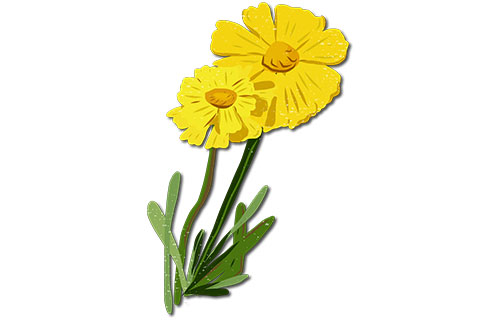
Lakeside Daisy
Tetraneuris herbacea
Imperiled (G2)
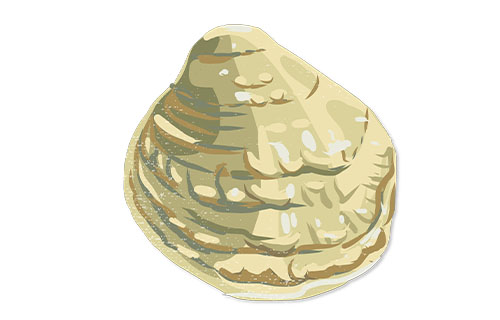
Fanshell
Cyprogenia stegaria
Critically Imperiled (G1)
Meet some of Oklahoma’s most imperiled species
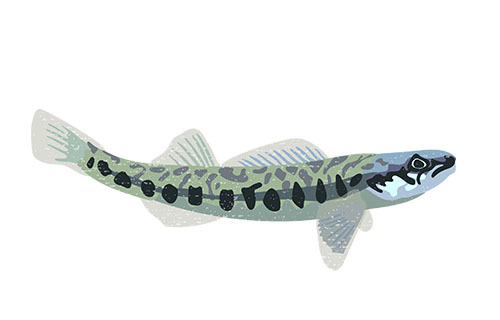
Leopard Darter
Percina pantherina
Imperiled (G2)
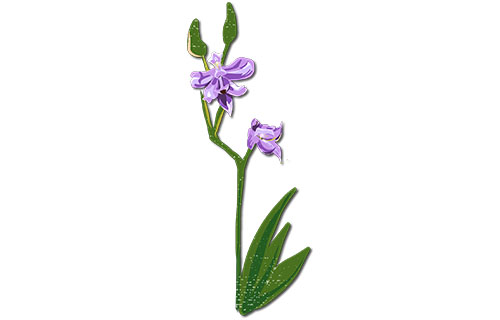
Oklahoma Grass-pink
Calopogon oklahomensis
Imperiled (G2)
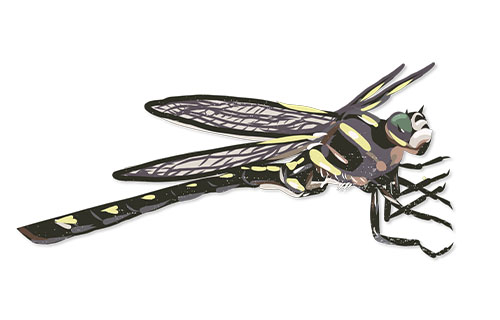
Ouachita Spiketail
Cordulegaster talaria
Critically Imperiled (G1)
Meet some of Oregon’s most imperiled species
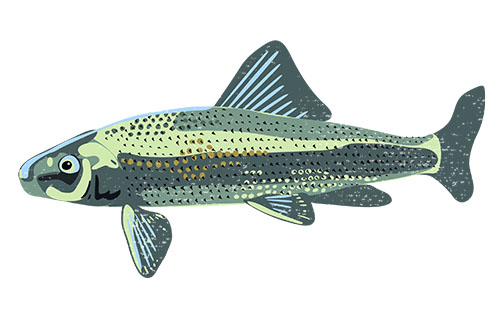
Shortnose Sucker
Chasmistes brevirostris
Critically Imperiled (G1)
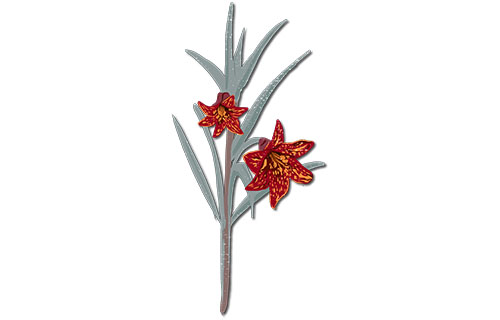
Gentner’s Fritillary
Fritillaria gentneri
Critically Imperiled (G1)
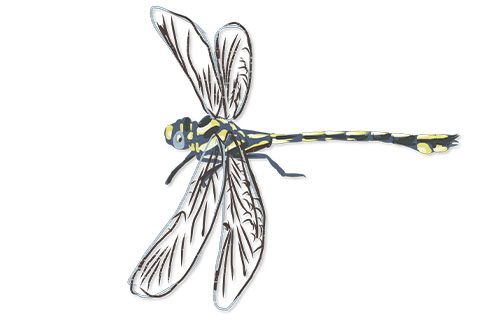
Gomphurus lynnae
Columbia Clubtail Dragonfly
Imperiled (G2)
Meet some of Pennsylvania’s most imperiled species

Eastern Massasauga
Sistrurus catenatus
Vulnerable (G3)
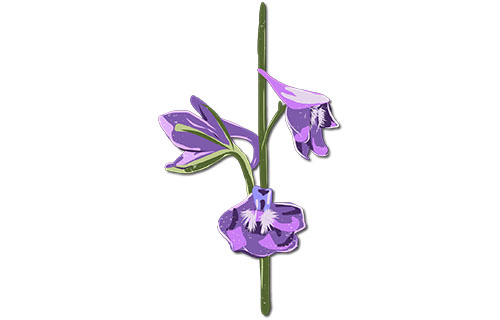
Tall Larkspur
Delphinium exaltatum
Vulnerable (G3)
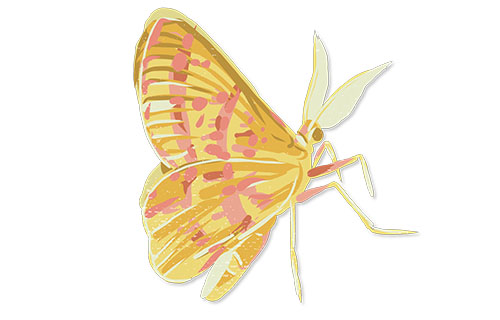
Broad-lined Erastria
Erastria coloraria
Vulnerable (G3)
Meet some of Rhode Island’s most imperiled species
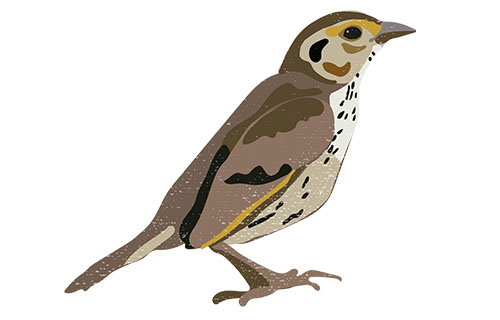
Sharp-tailed Sparrow
Ammospiza caudacuta
Imperiled (G2)
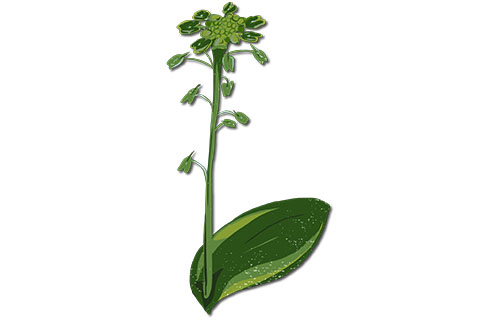
Bayard's Adder's-mouth
Malaxis bayardii
Imperiled (G2)
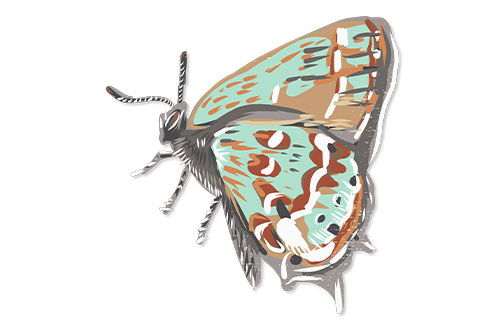
Hessel's Hairstreak
Callophrys hesseli
Vulnerable (G3)
Meet some of South Carolina’s most imperiled species
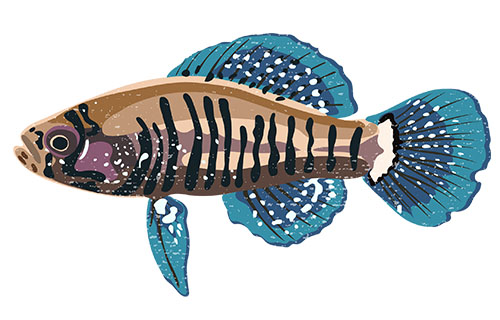
Carolina Pygmy Sunfish
Elassoma boehlkei
Imperiled (G2)
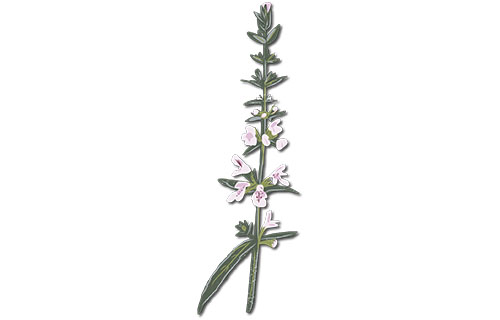
Carolina Hedgehyssop
Stachys caroliniana
Imperiled (G2)
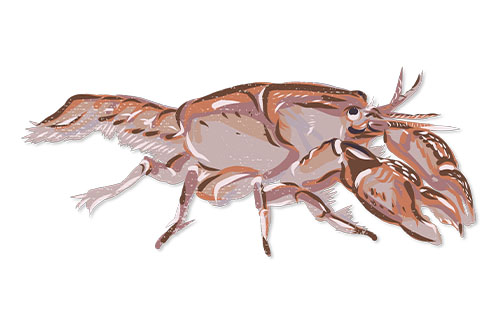
Newberry Burrowing Crayfish
Distocambarus youngineri
Critically Imperiled (G1)
Meet some of South Dakota’s most imperiled species

Black-footed Ferret
Mustela nigripes
Critically Imperiled (G1)
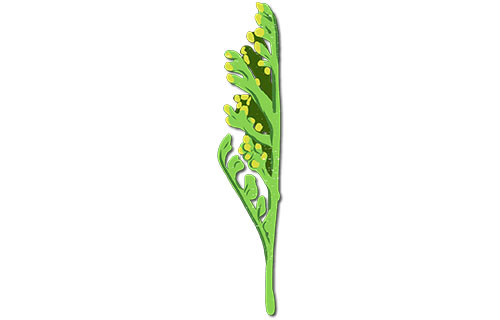
Rocky Mountain Moonwort
Botrychium gallicomontanum
Imperiled (G2)
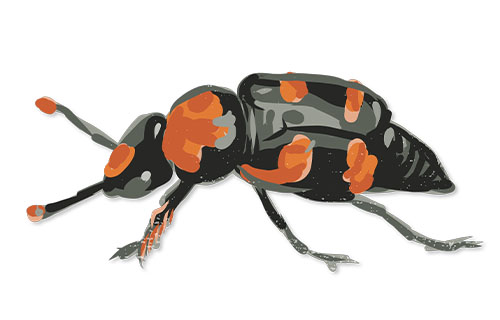
American Burying Beetle
Nicrophorus americanus
Vulnerable (G3)
Meet some of Tennessee’s most imperiled species
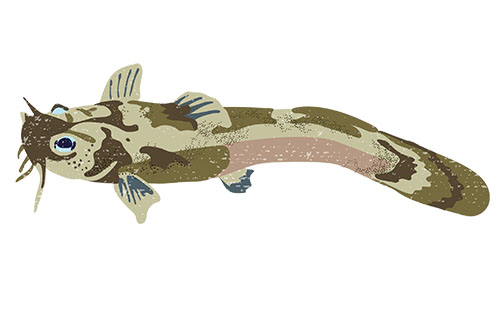
Chucky Madtom
Noturus crypticus
Critically Imperiled (G1)
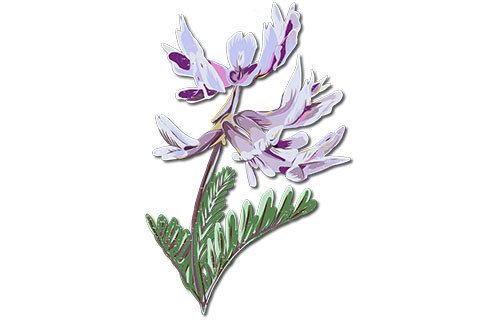
Limestone Glade Milkvetch
Astragalus bibullatus
Critically Imperiled (G1)
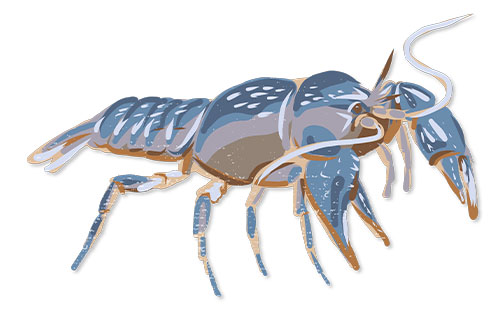
Conasauga Blue Burrower
Cambarus cymatilis
Critically Imperiled (G1)
Meet some of Texas’s most imperiled species
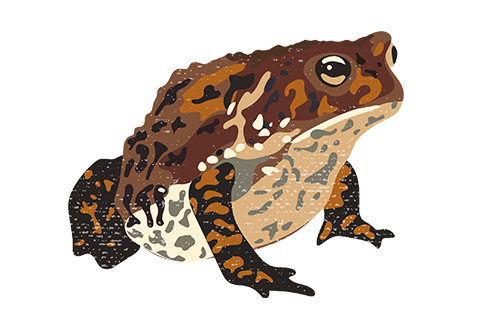
Houston Toad
Anaxyrus houstonensis
Critically Imperiled (G1)
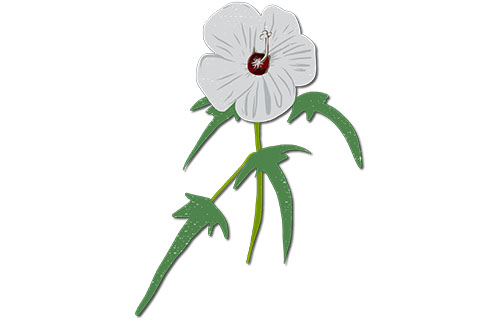
Neches River Rosemallow
Hibiscus dasycalyx
Imperiled (G2)
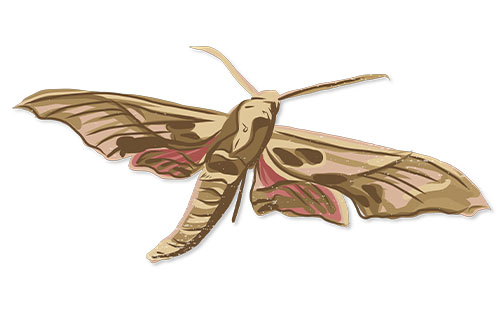
Blanchard's Sphinx Moth
Adhemarius blanchardorum
Critically Imperiled (G1)
Meet some of Utah’s most imperiled species

Bonytail chub
Gila elegans
Critically Imperiled (G1)
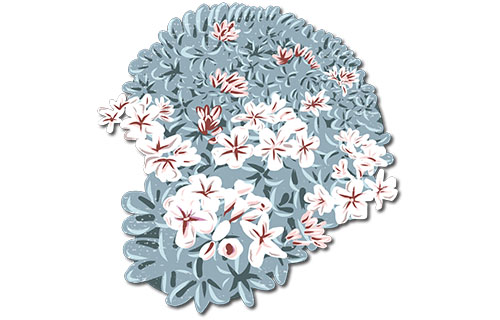
Frisco Buckwheat
Eriogonum soredium
Critically Imperiled (G1)
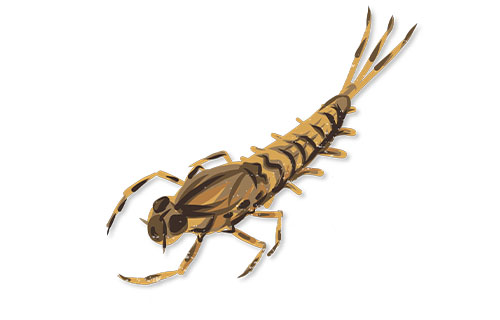
a mayfly
Ameletus edmundsi
Imperiled (G2)
Meet some of Vermont’s most imperiled species

Northern Long-eared Bat
Myotis septentrionalis
Critically Imperiled (G1)
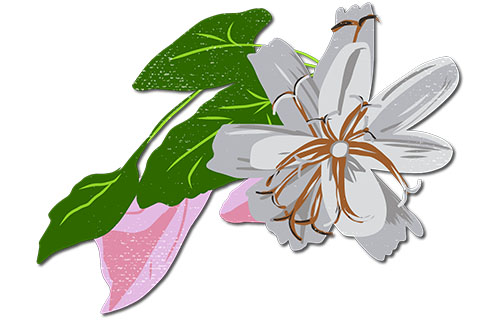
Boott's Rattlesnake-root
Nabalus boottii
Vulnerable (G3)
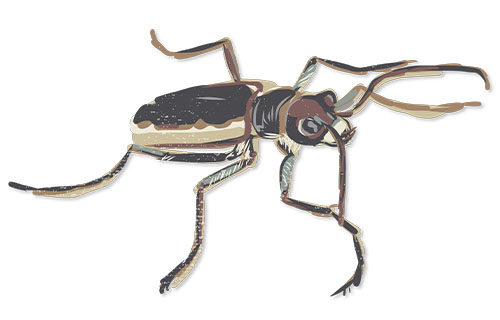
Cobblestone Tiger Beetle
Cicindela marginipennis
Imperiled (G2)
Meet some of Virginia’s most imperiled species
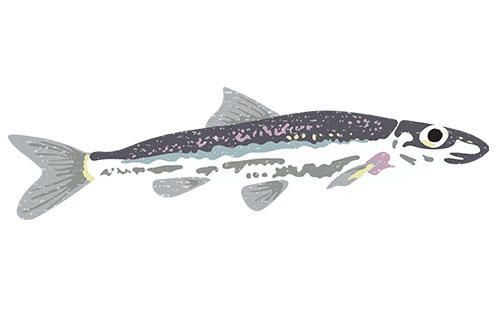
Slender Chub
Erimystax cahni
Critically Imperiled (G1)
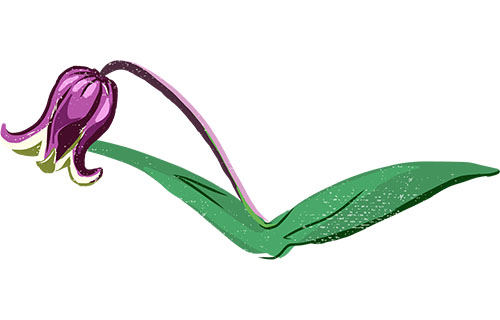
Addison’s Leatherflower
Clematis addisonii
Imperiled (G2)
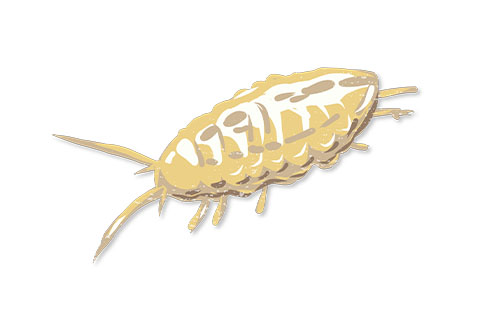
Lee county cave isopod
Lirceus usdagalun
Critically Imperiled (G1)
Meet some of Washington’s most imperiled species
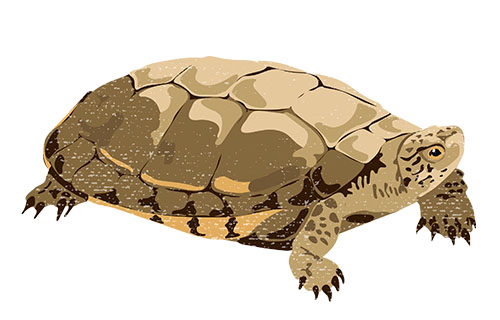
Western Pond Turtle
Actinemys marmorata
Vulnerable (G3)
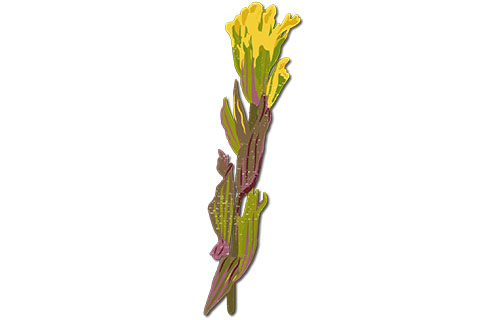
Golden Paintbrush
Castilleja levisecta
Imperiled (G2)
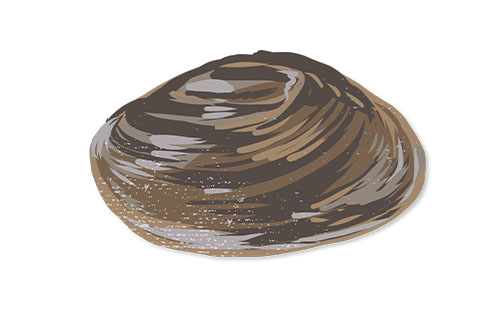
Winged Floater
Anodonta nuttalliana
Imperiled (G2)
Meet some of West Virginia’s most imperiled species

Indiana Bat
Myotis sodalis
Imperiled (G2)
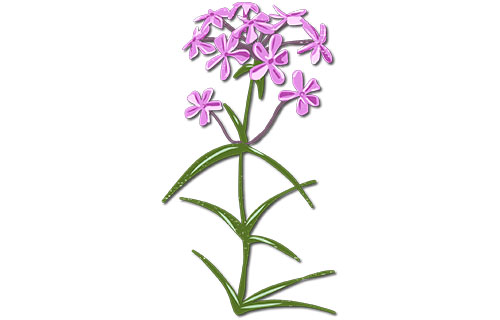
Shale Barren Phlox
Phlox buckleyi
Imperiled (G2)
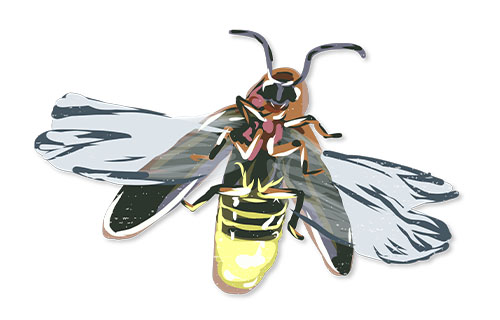
Synchronous Firefly
Photinus carolinus
Vulnerable (G3)
Meet some of Wisconsin’s most imperiled species
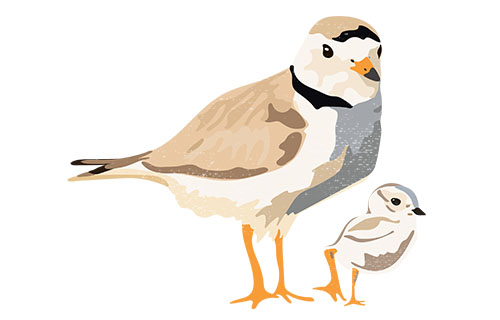
Piping Plover
Charadrius melodus
Vulnerable (G3)
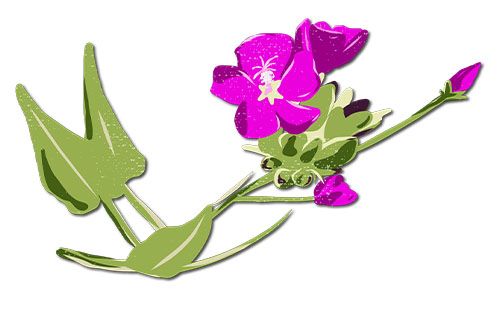
Trailing Winecup
Callirhoe triangulata
Vulnerable (G3)
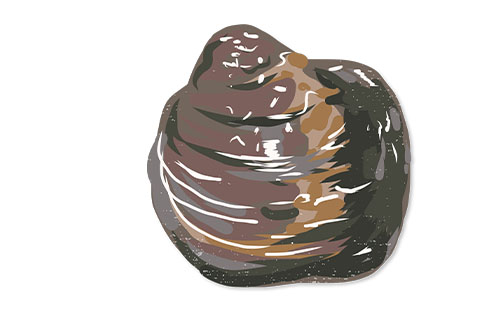
Winged Mapleleaf
Quadrula fragosa
Critically Imperiled (G1)
Meet some of Wyoming’s most imperiled species
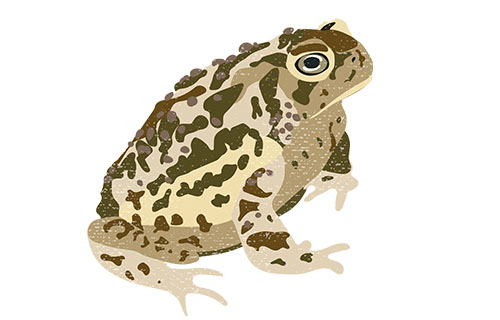
Wyoming Toad
Anaxyrus baxteri
Critically Imperiled (G1)
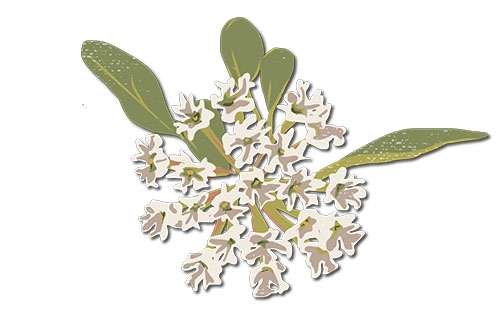
Wyoming Sand Verbena
Abronia ammophila
Critically Imperiled (G1)
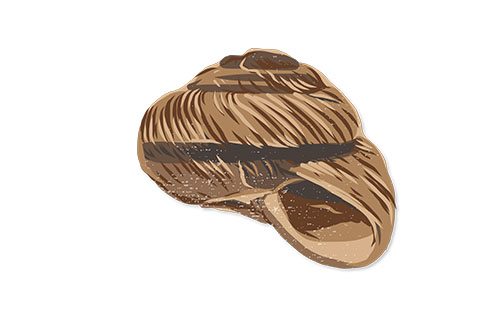
Pygmy Mountainsnail
Oreohelix pygmaea
Imperiled (G2)
Meet some of Navajo Nation’s most imperiled species
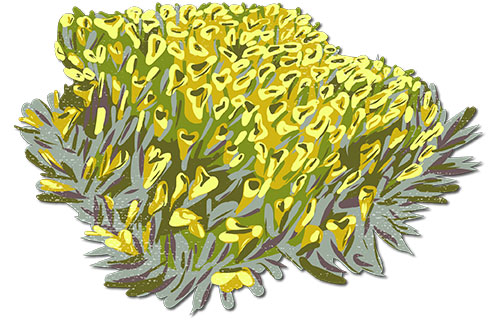
Navajo Twinpod
Physaria navajoensis
Imperiled (G2)
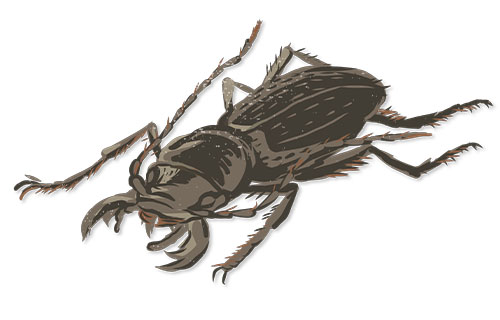
Mojave Giant Tiger Beetle
Amblycheila schwarzi
Vulnerable (G3)

